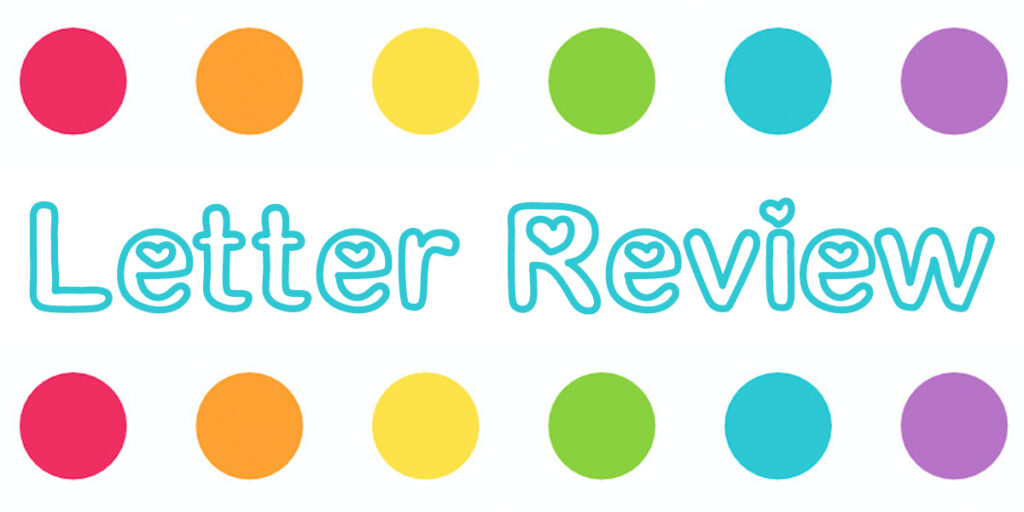
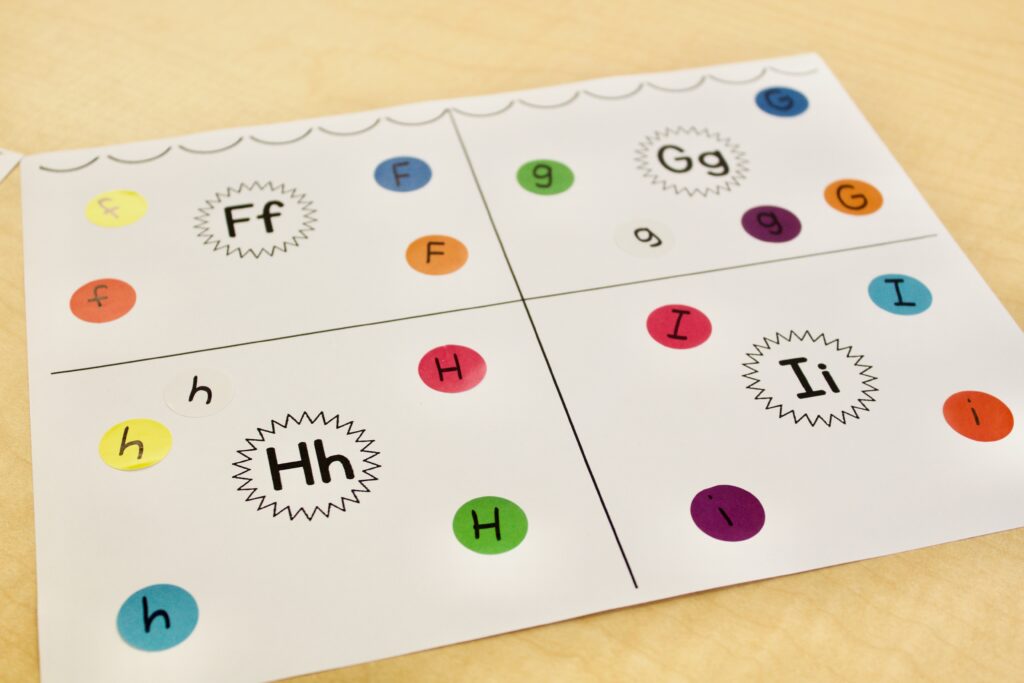
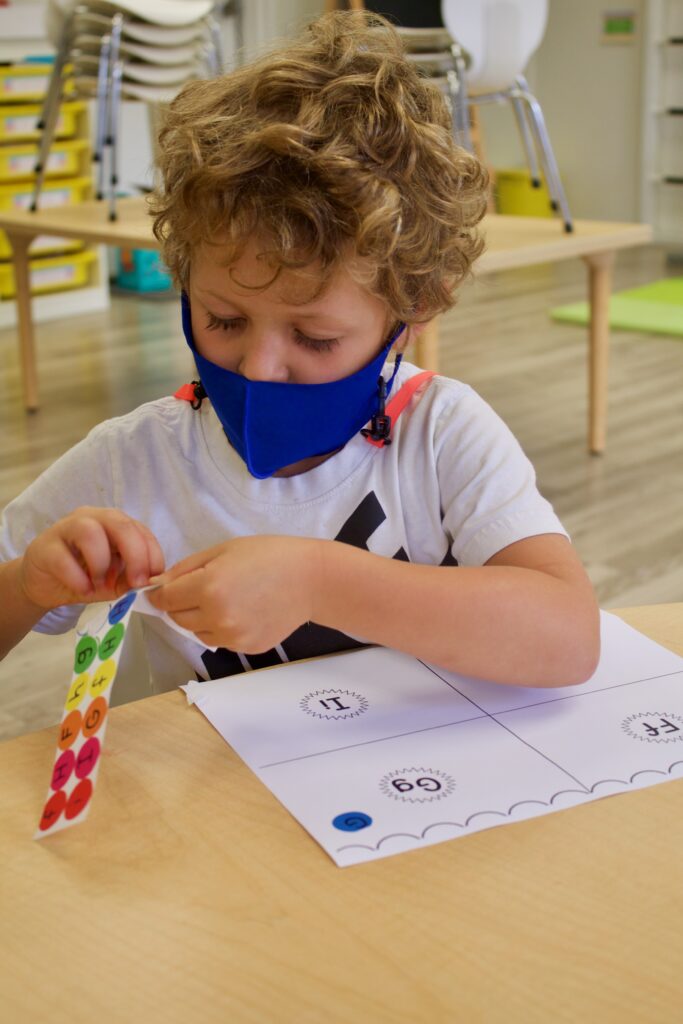
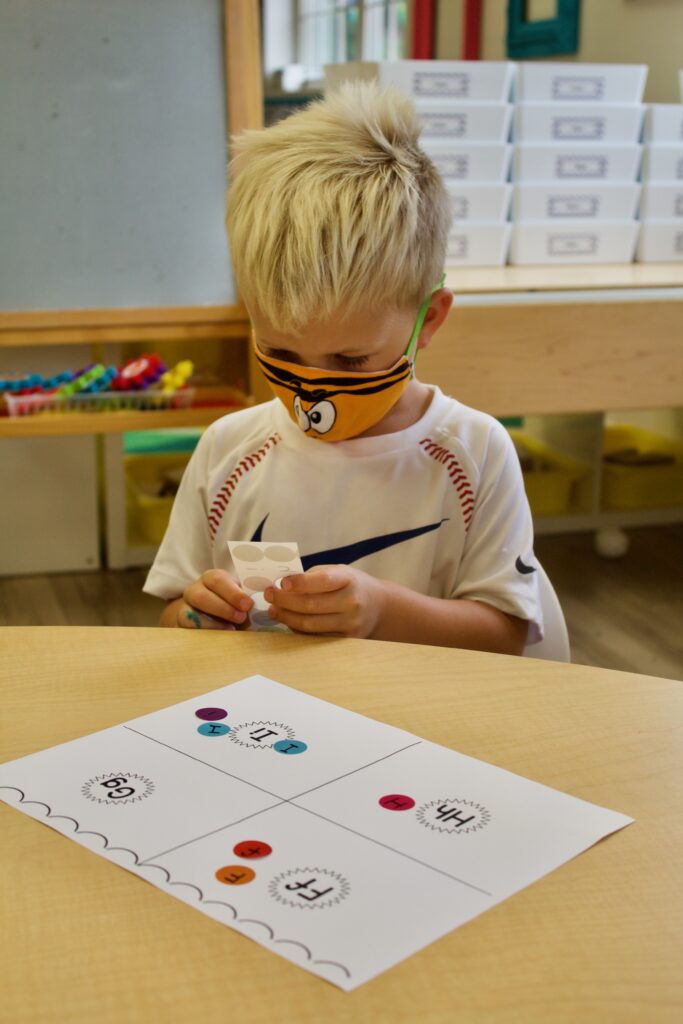
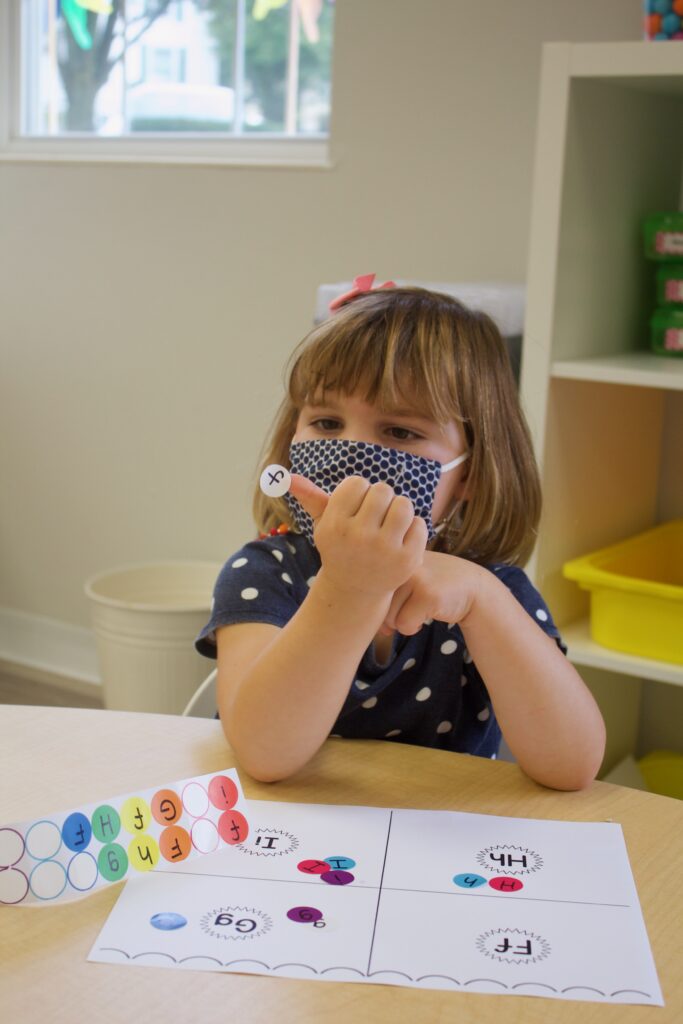
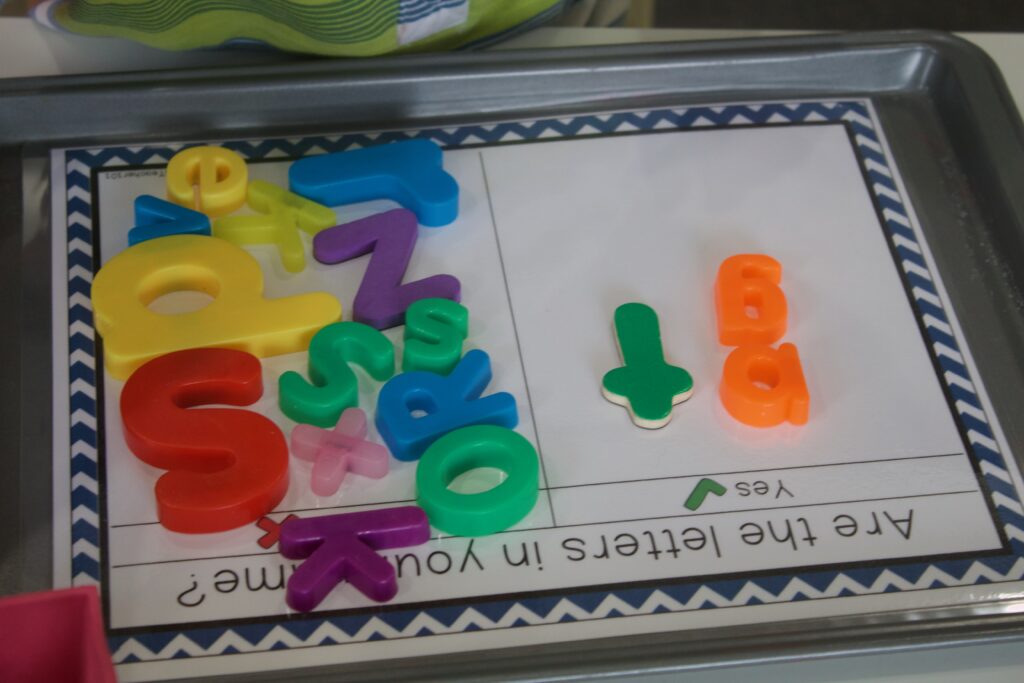
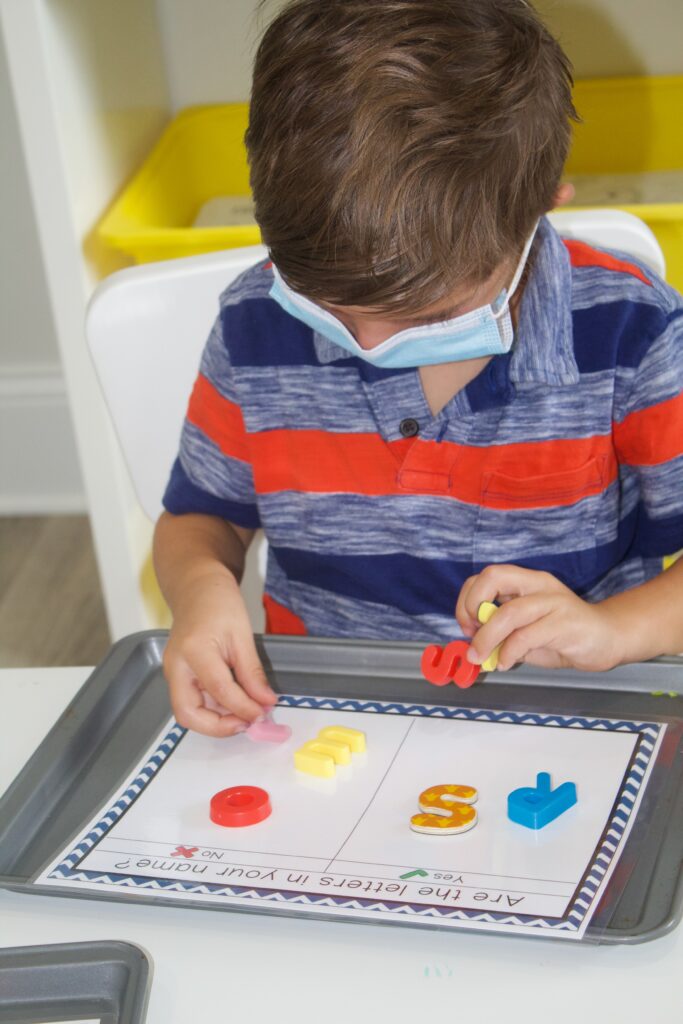
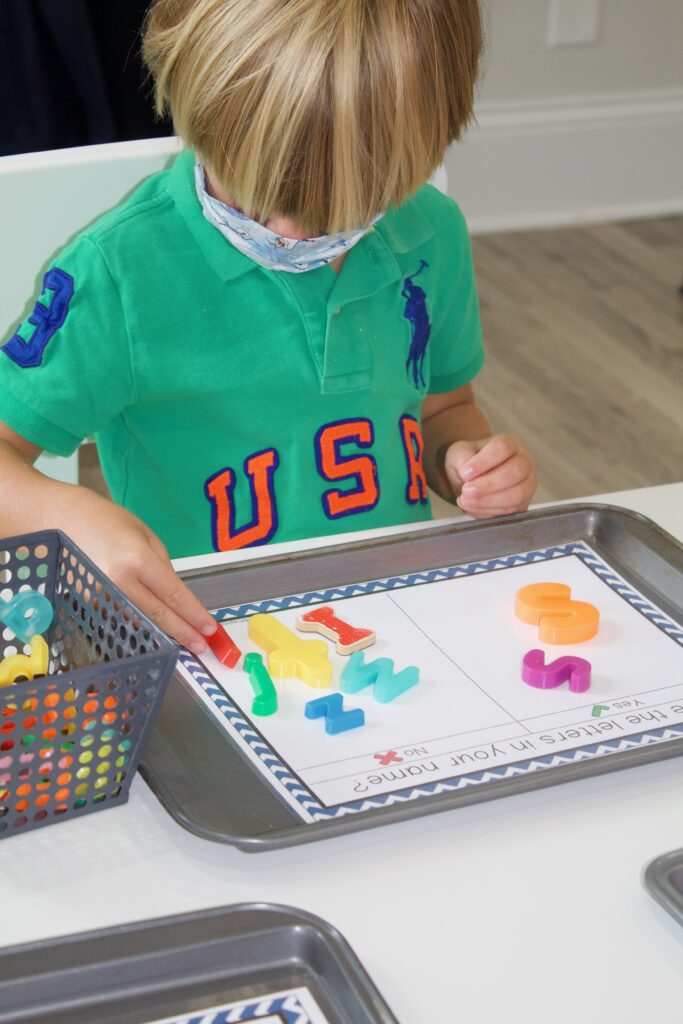
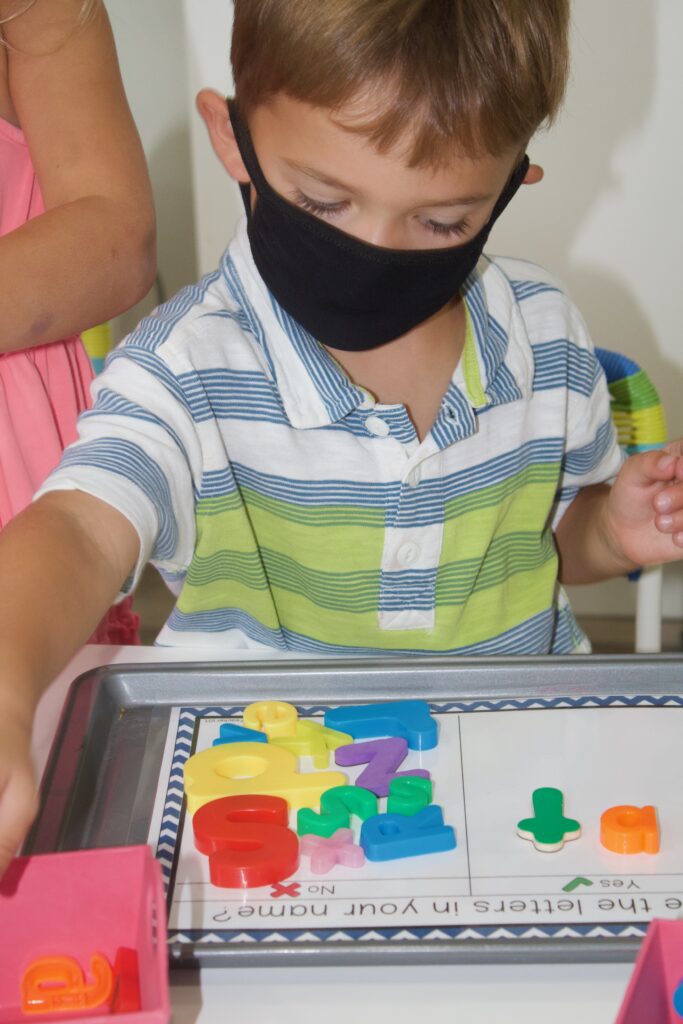
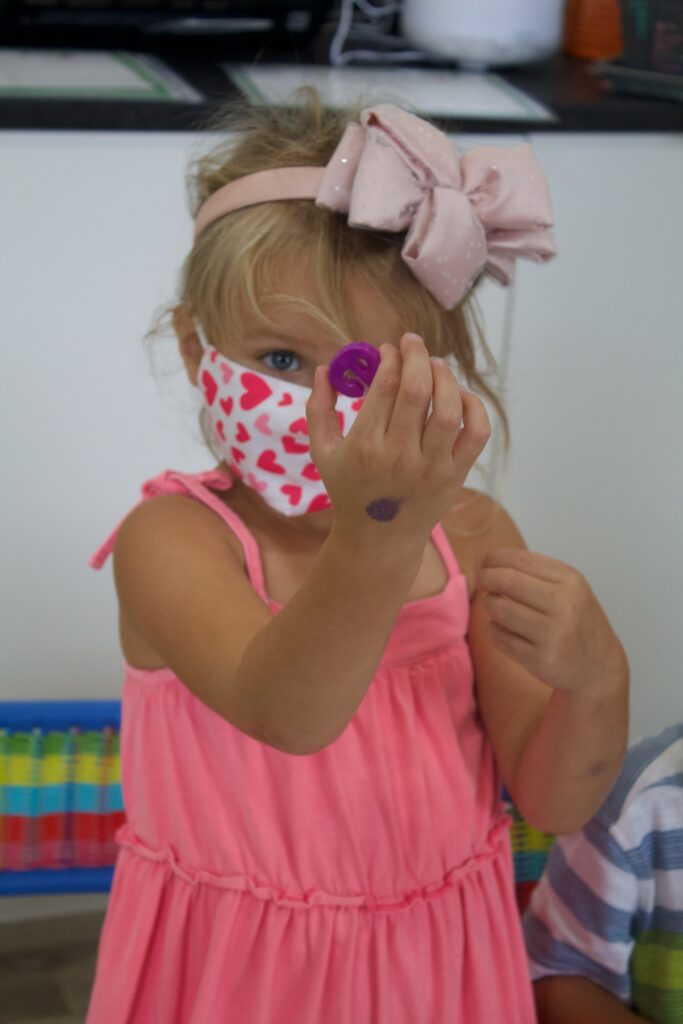
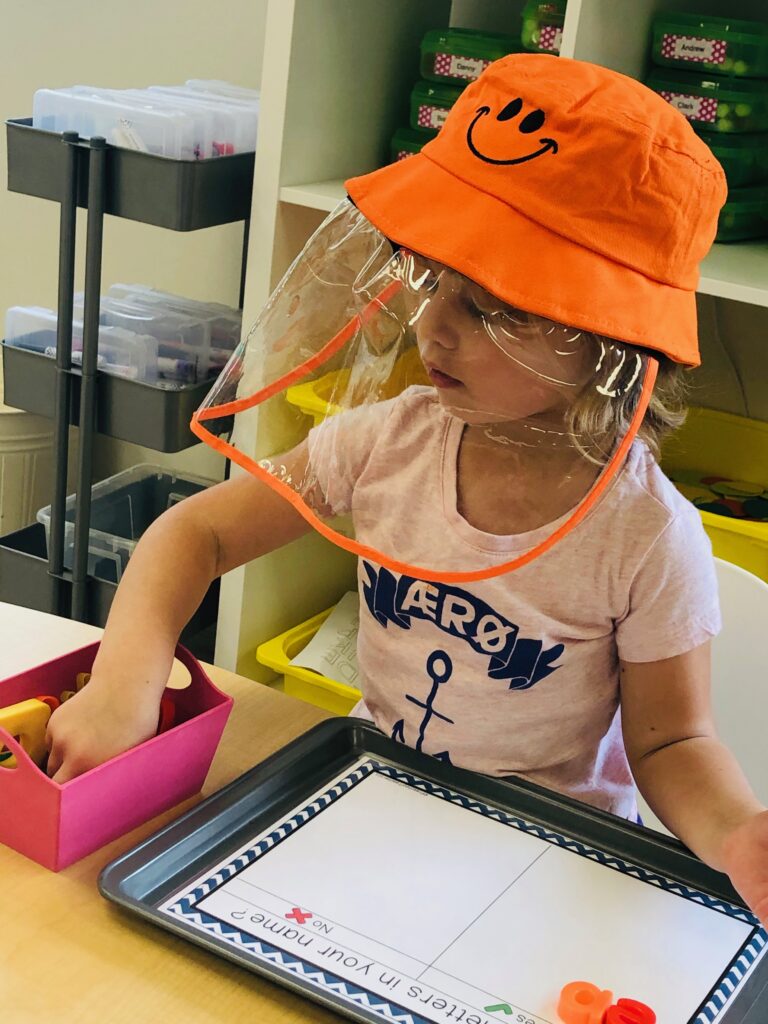
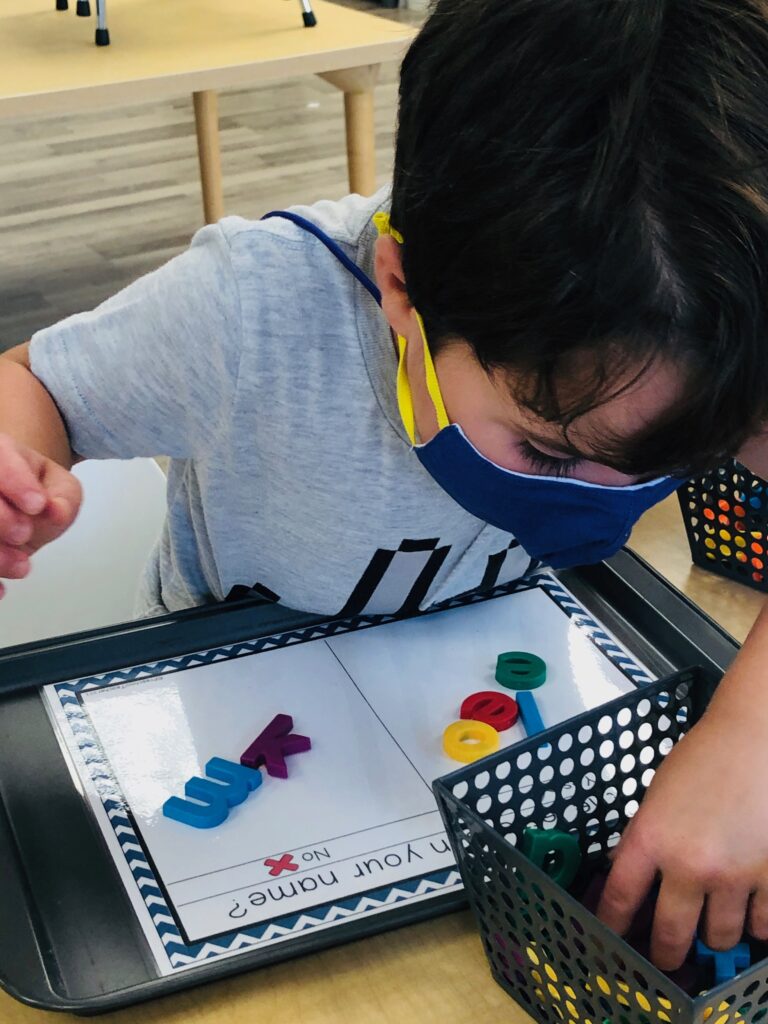
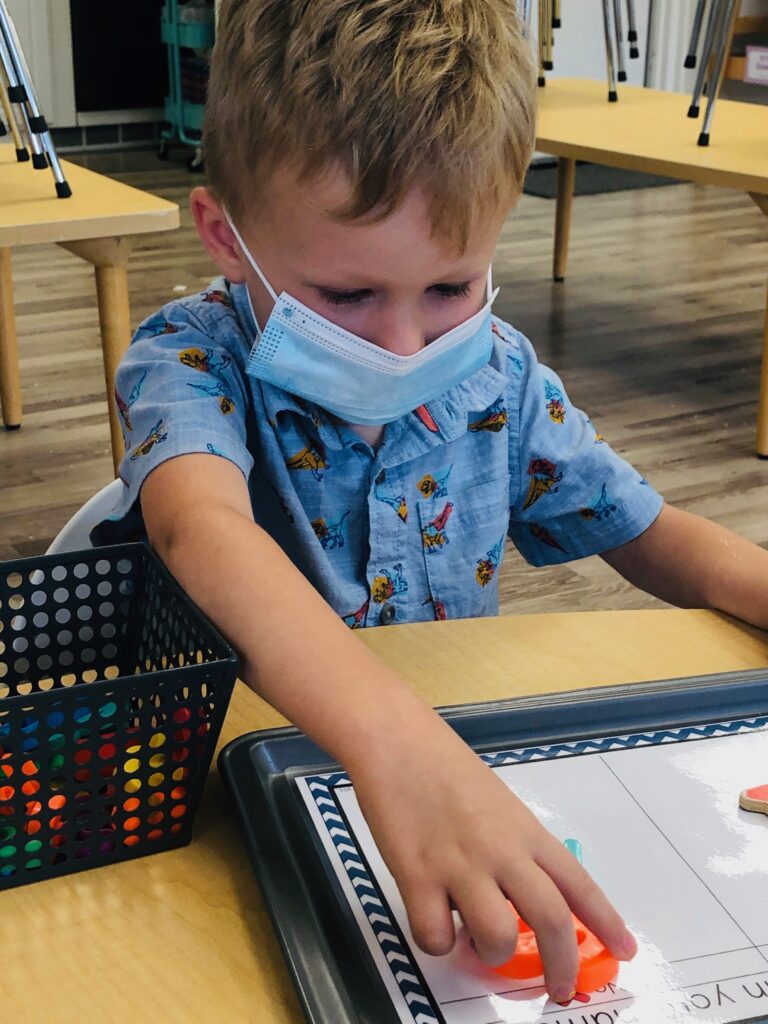
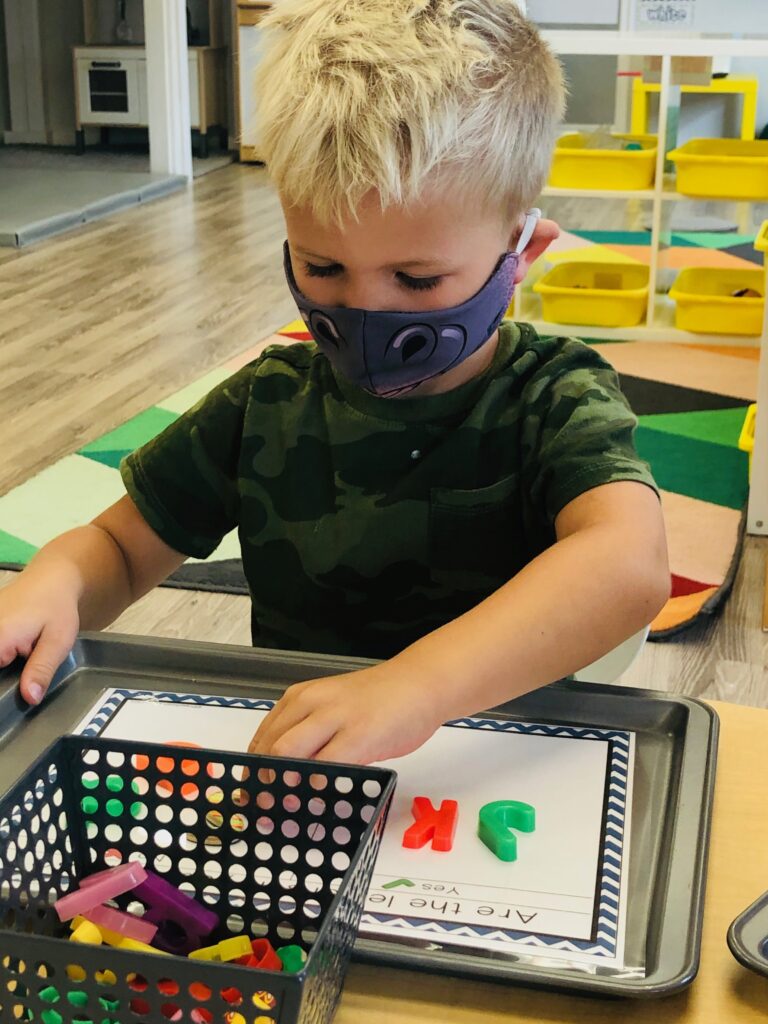
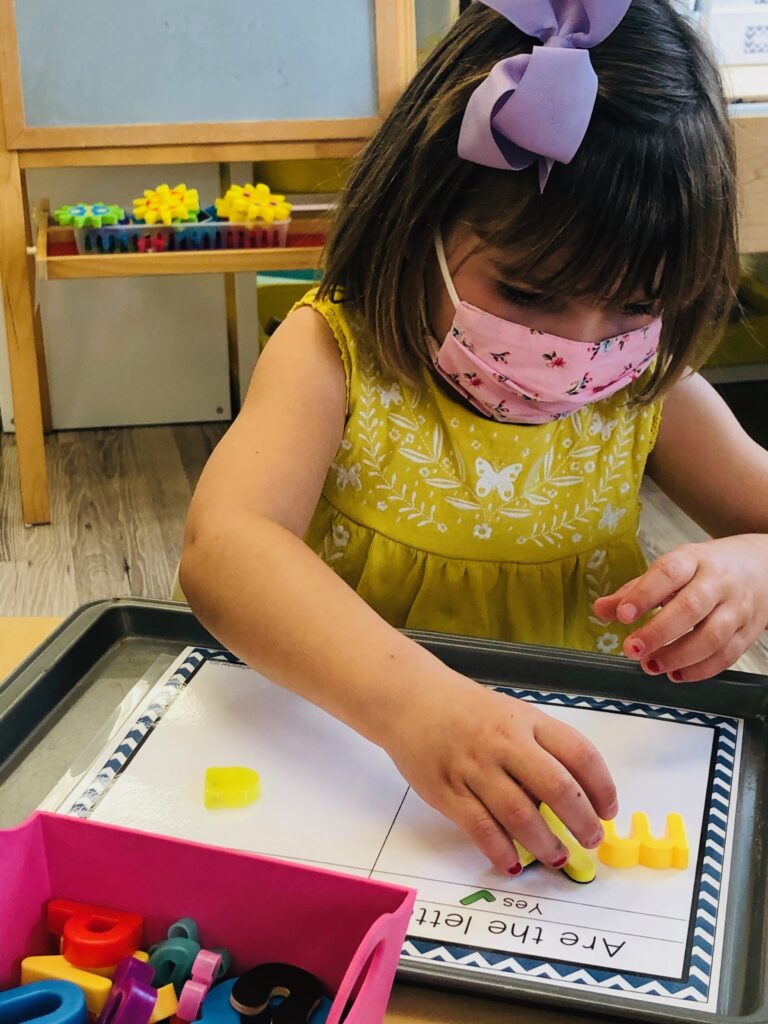
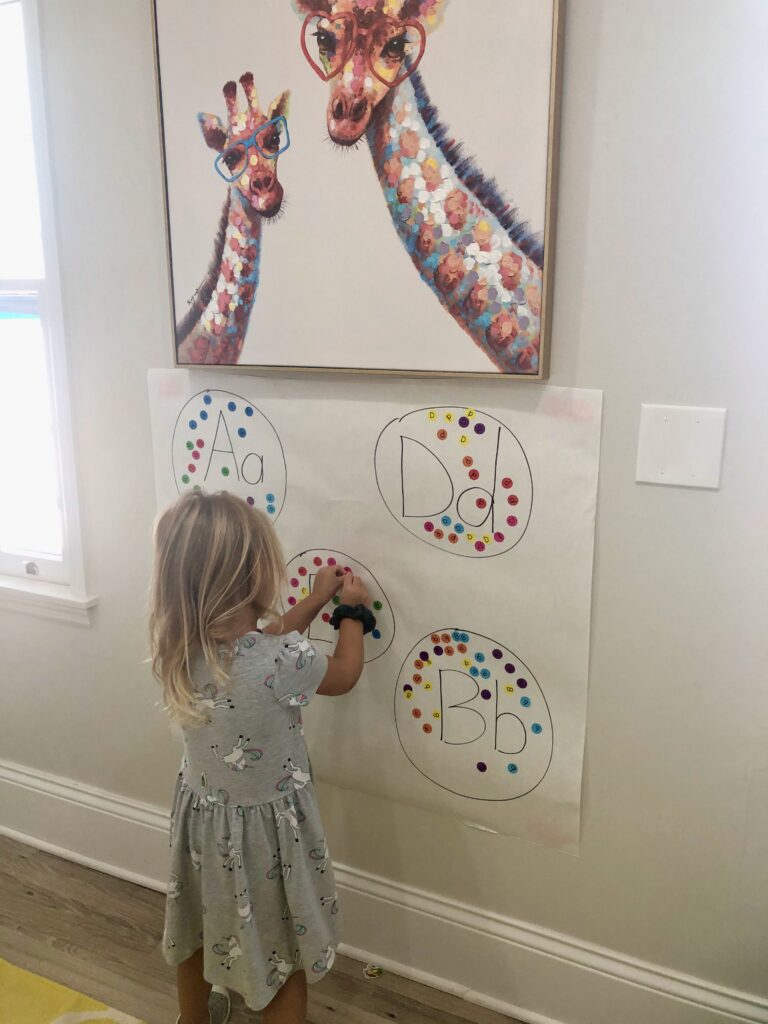
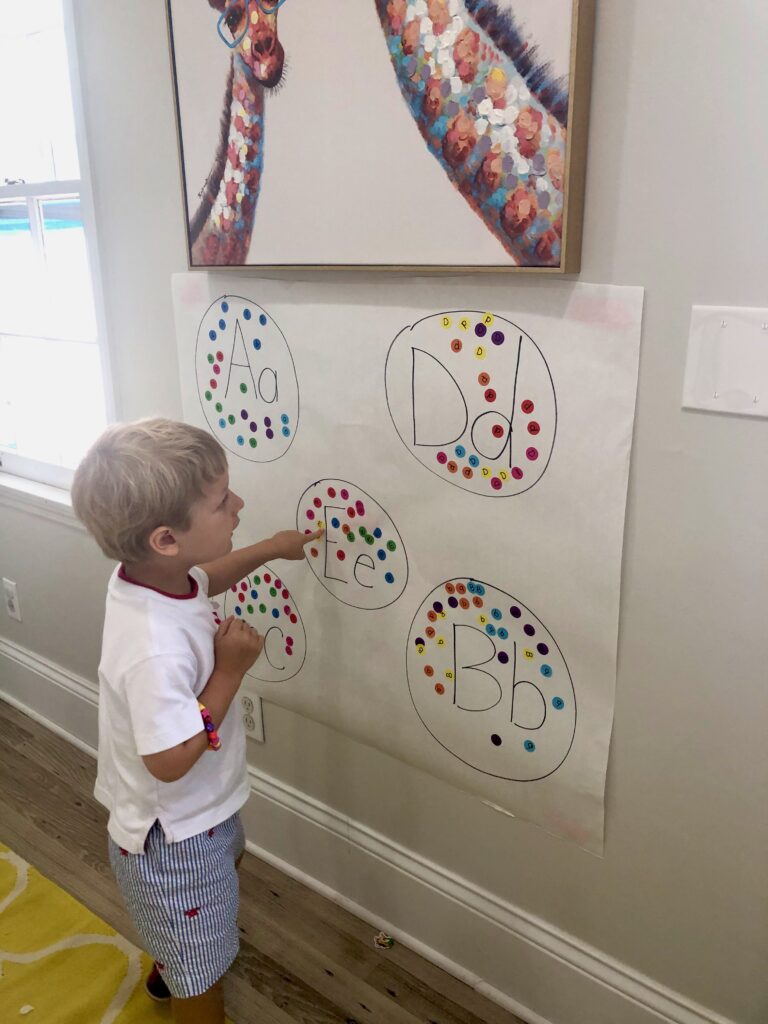
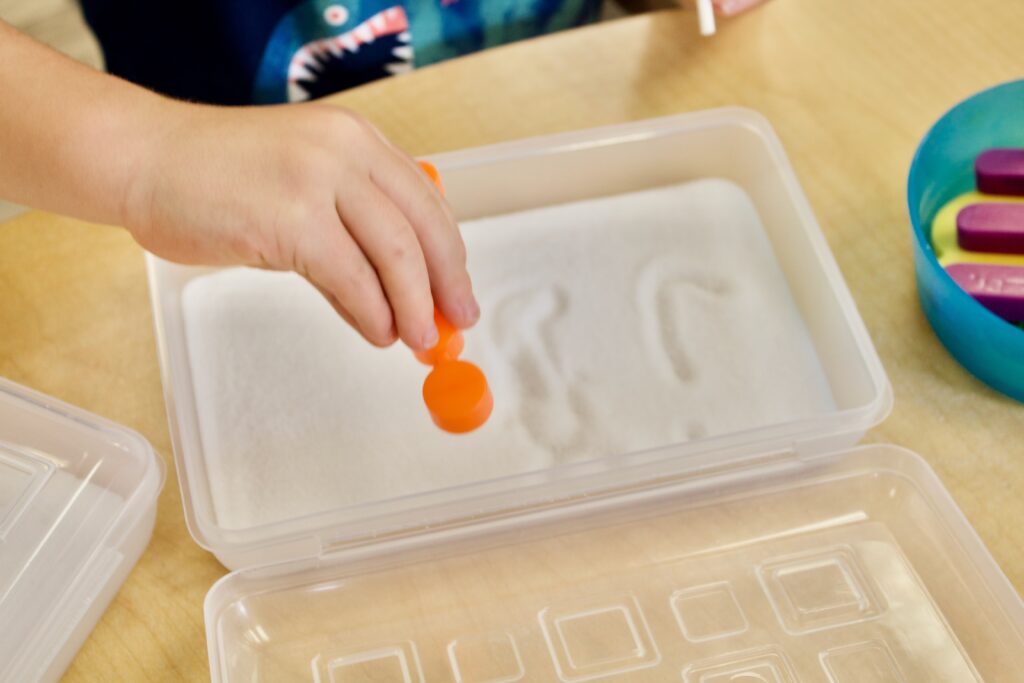
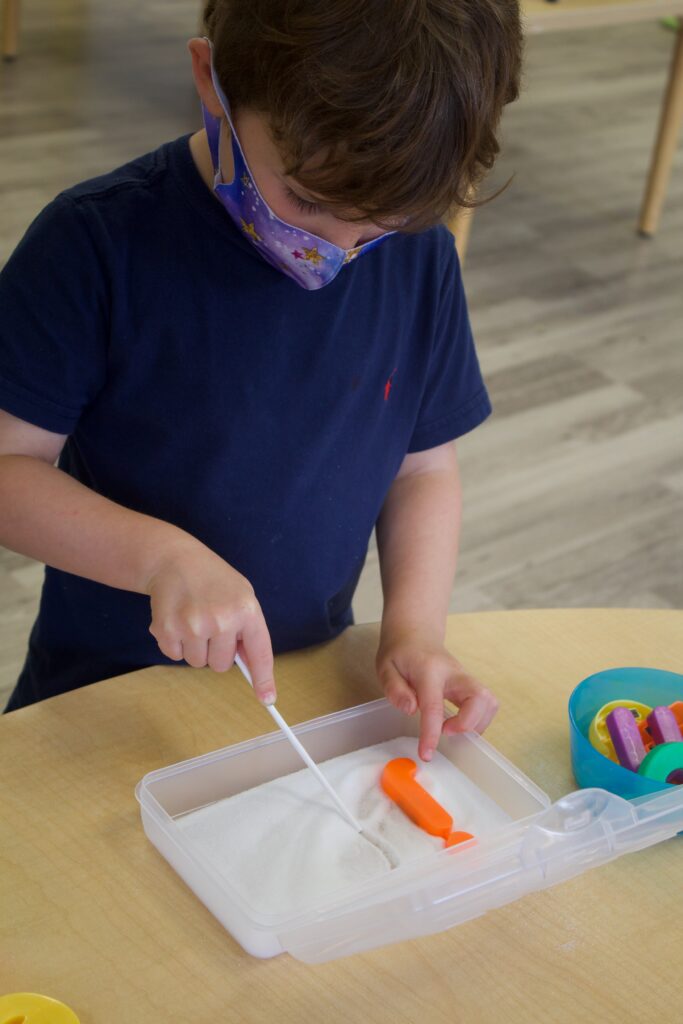
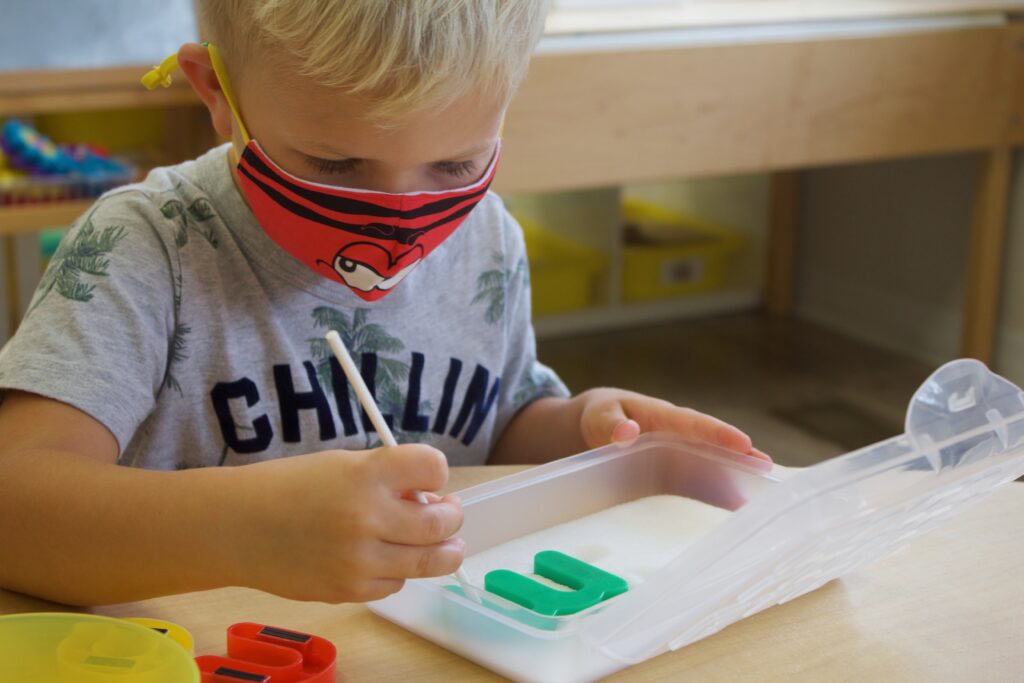
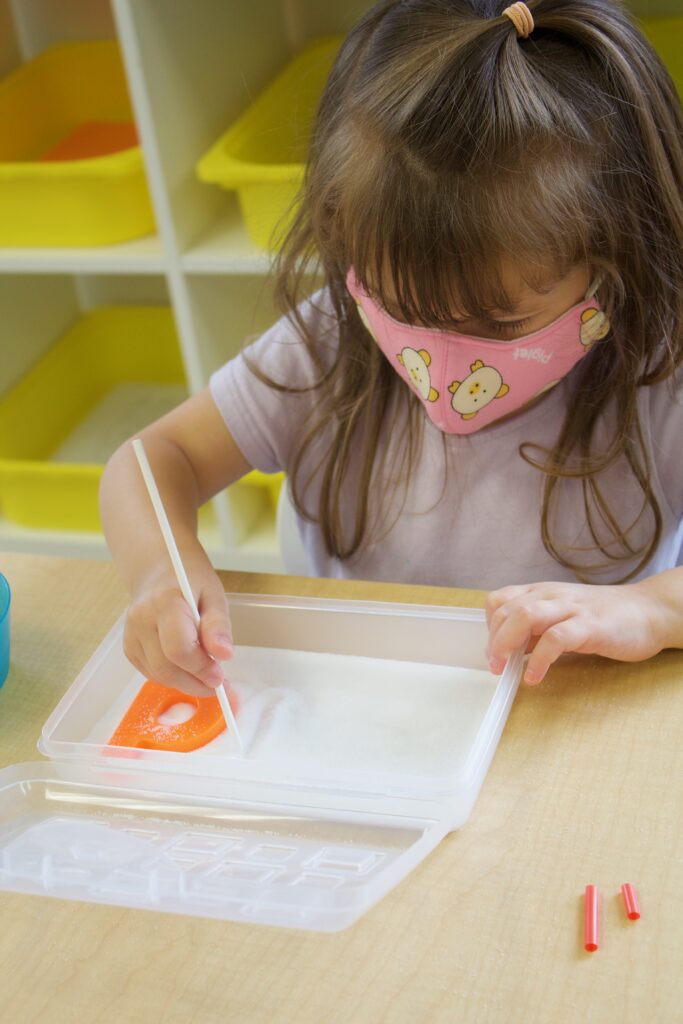
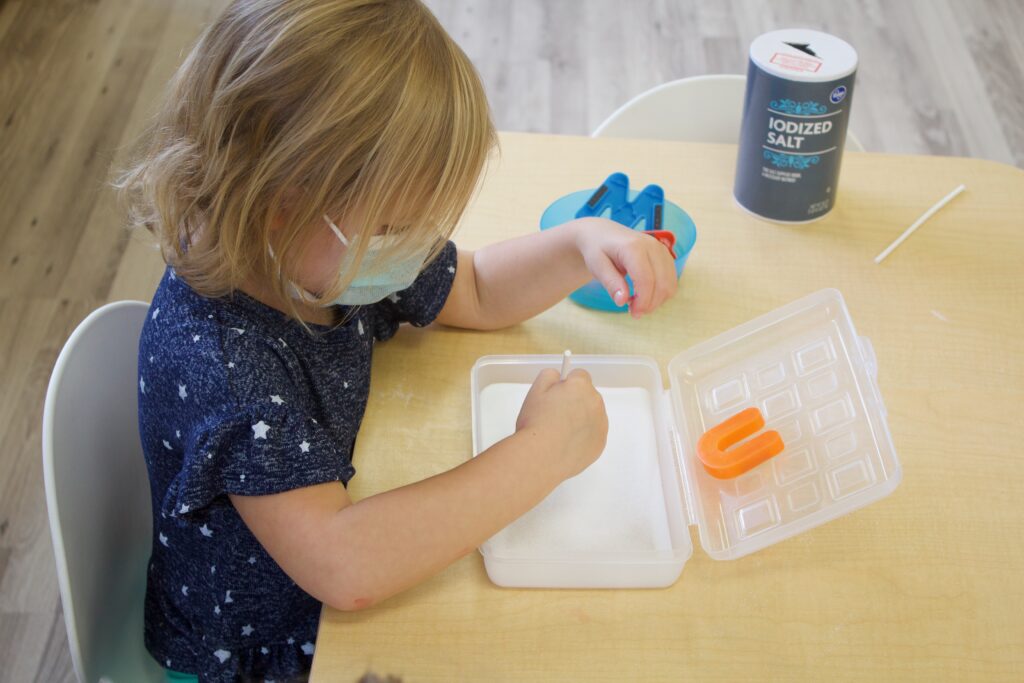
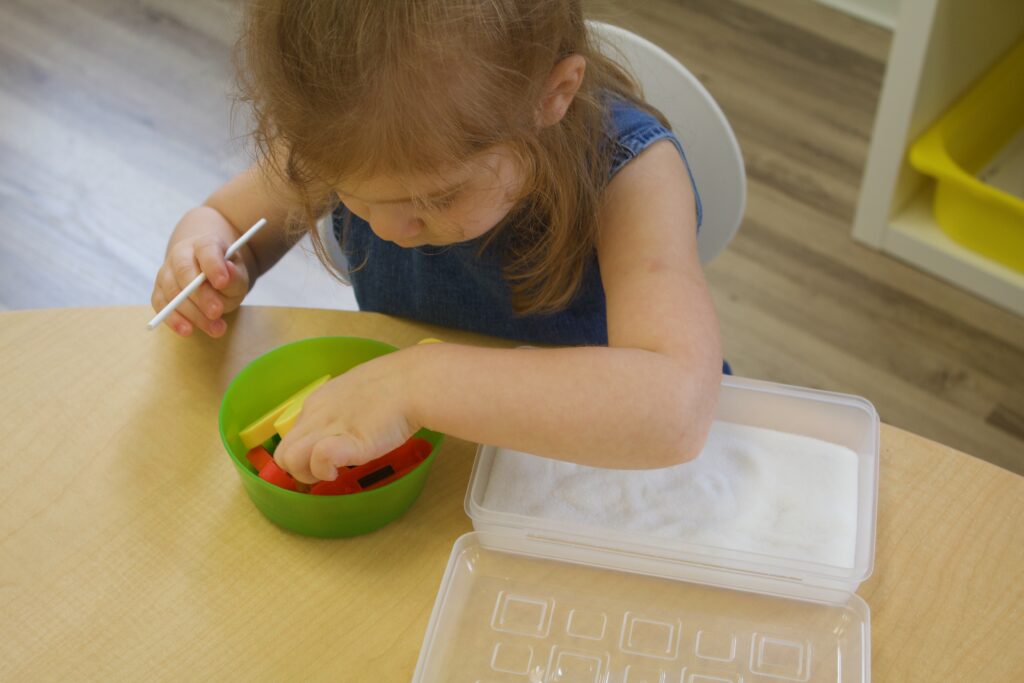
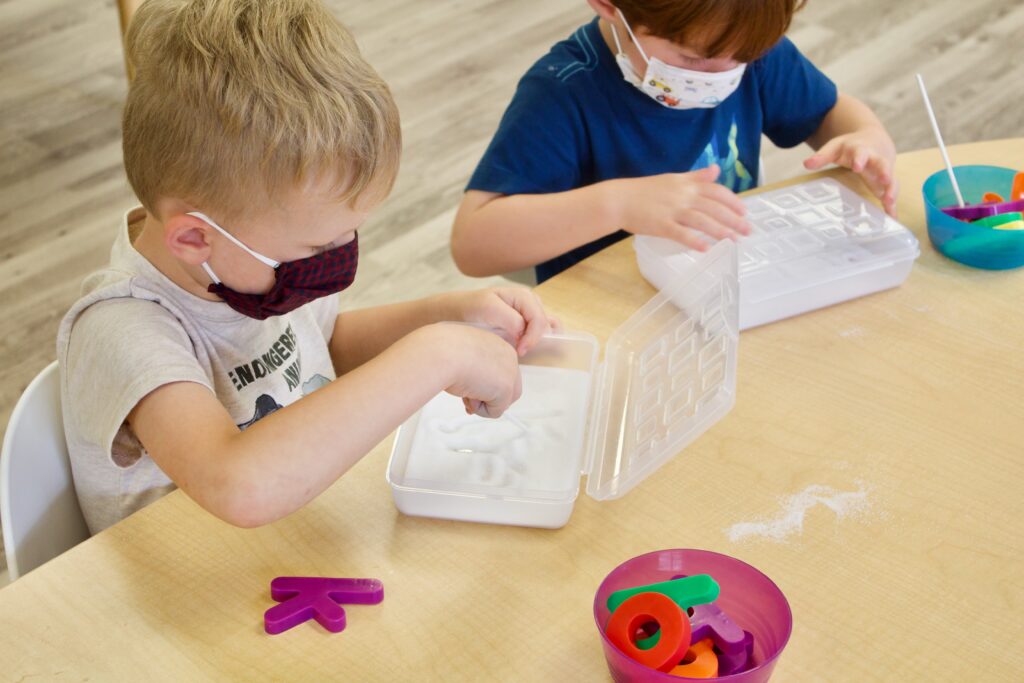
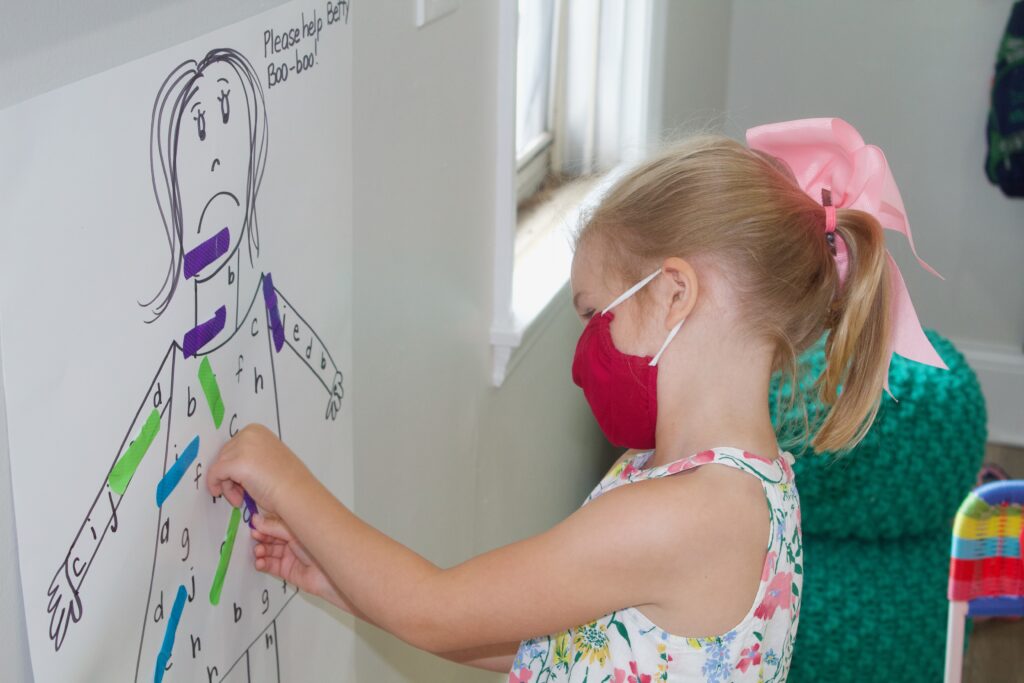
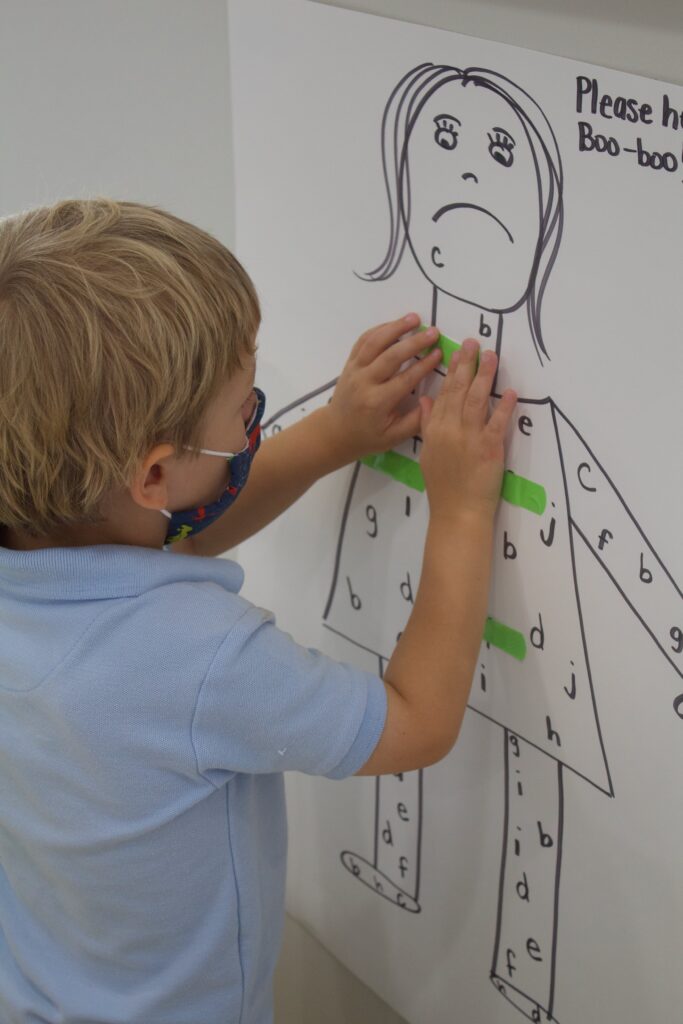
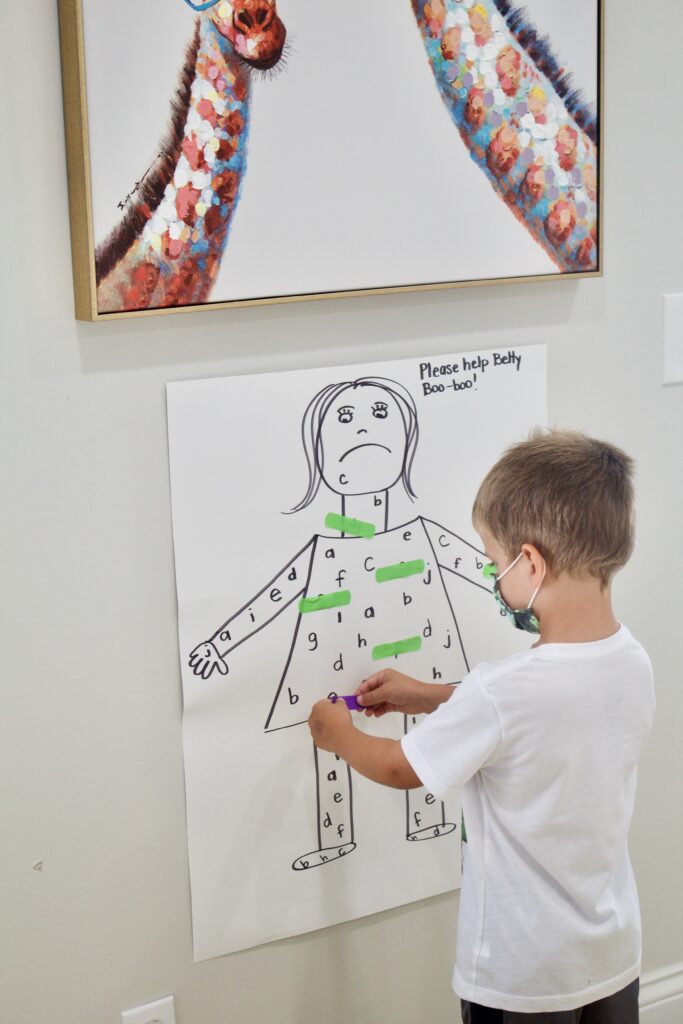
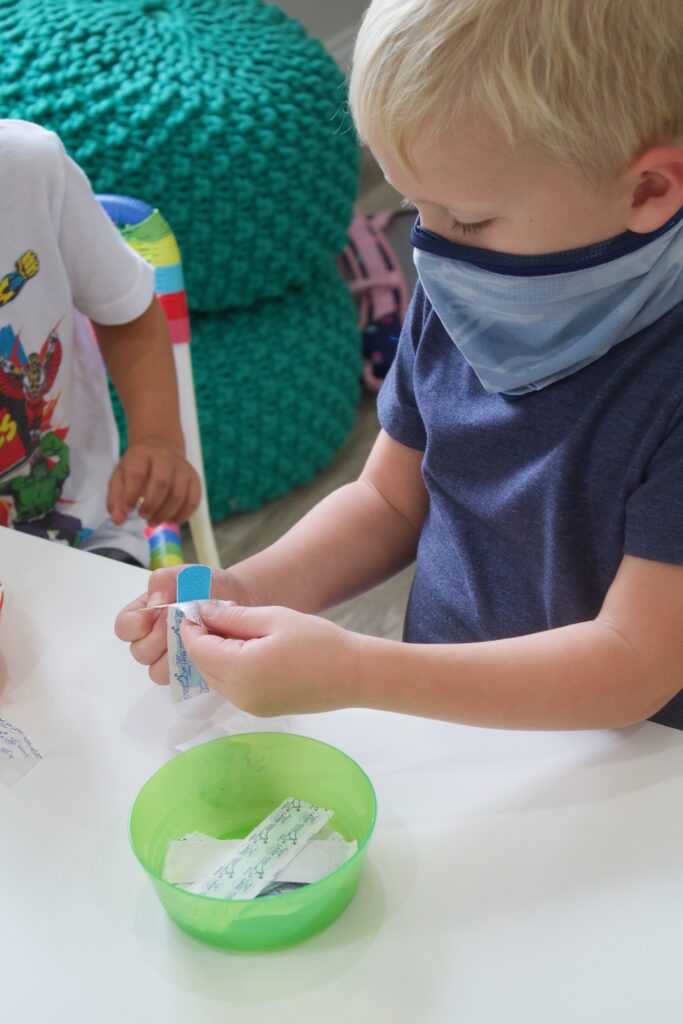
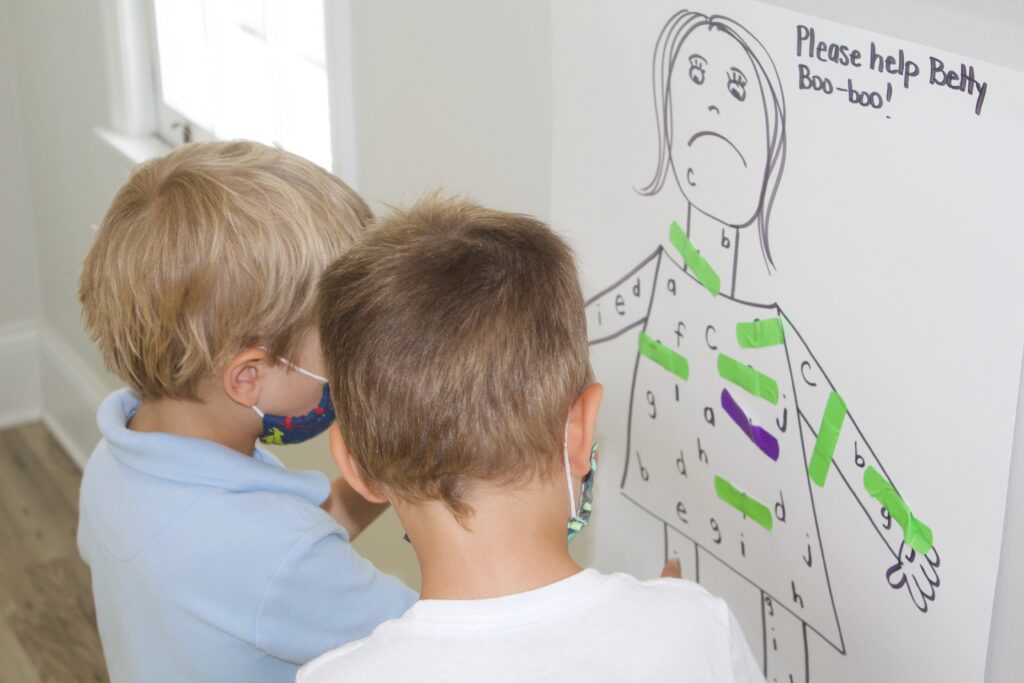
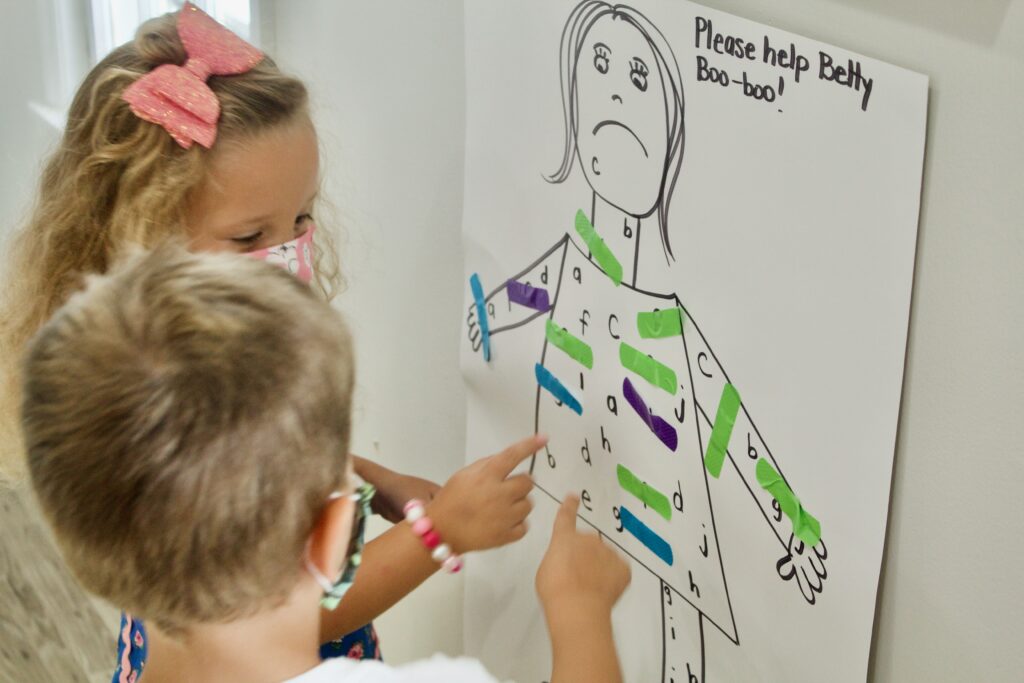
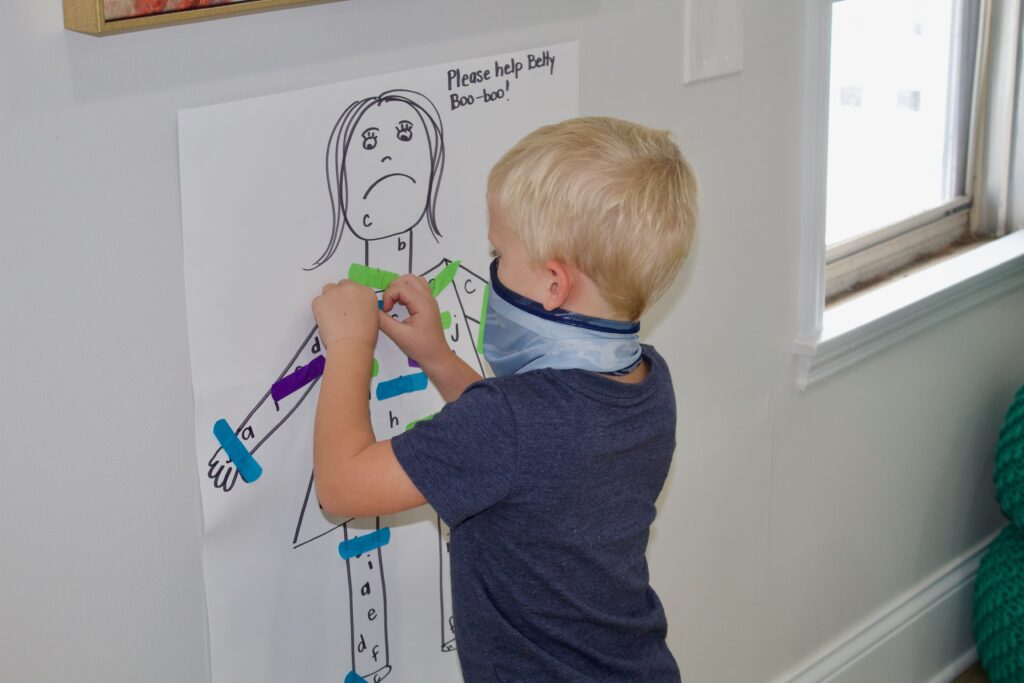
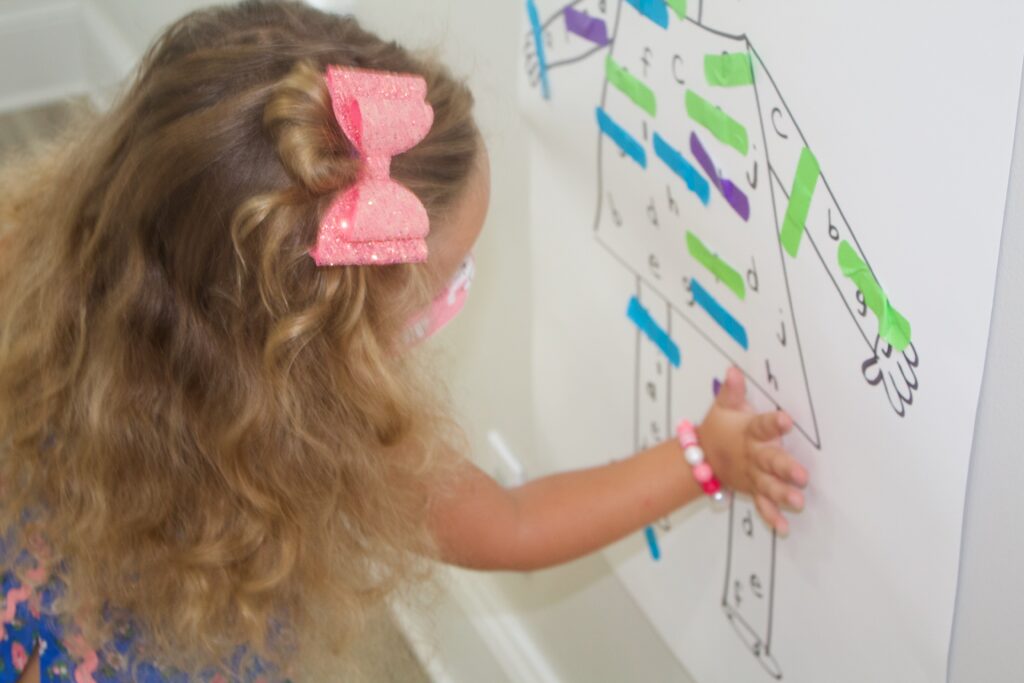
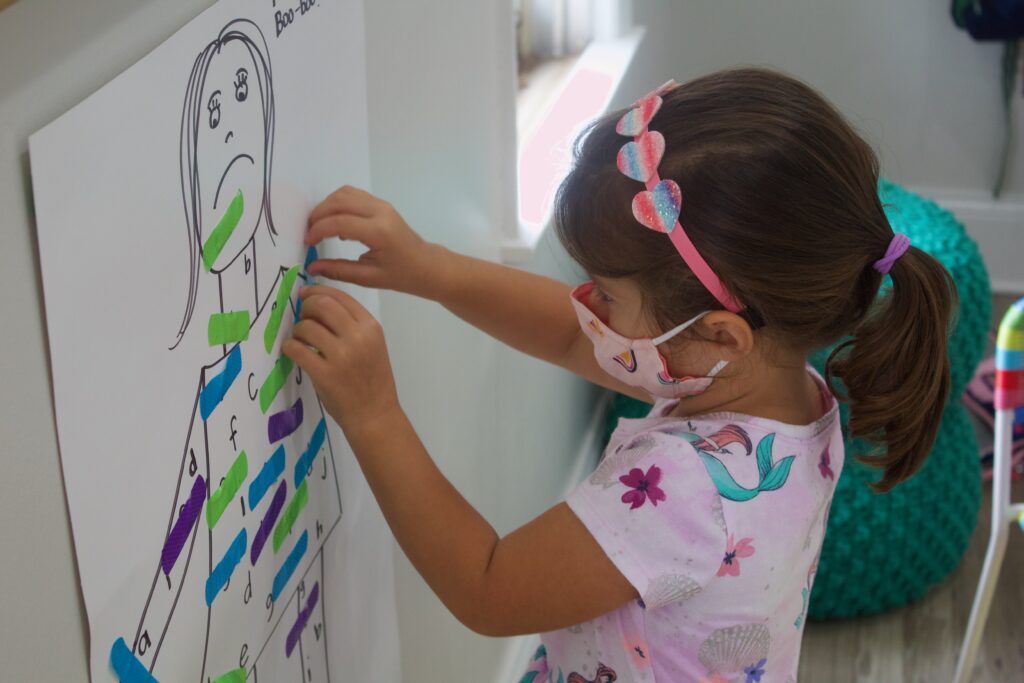
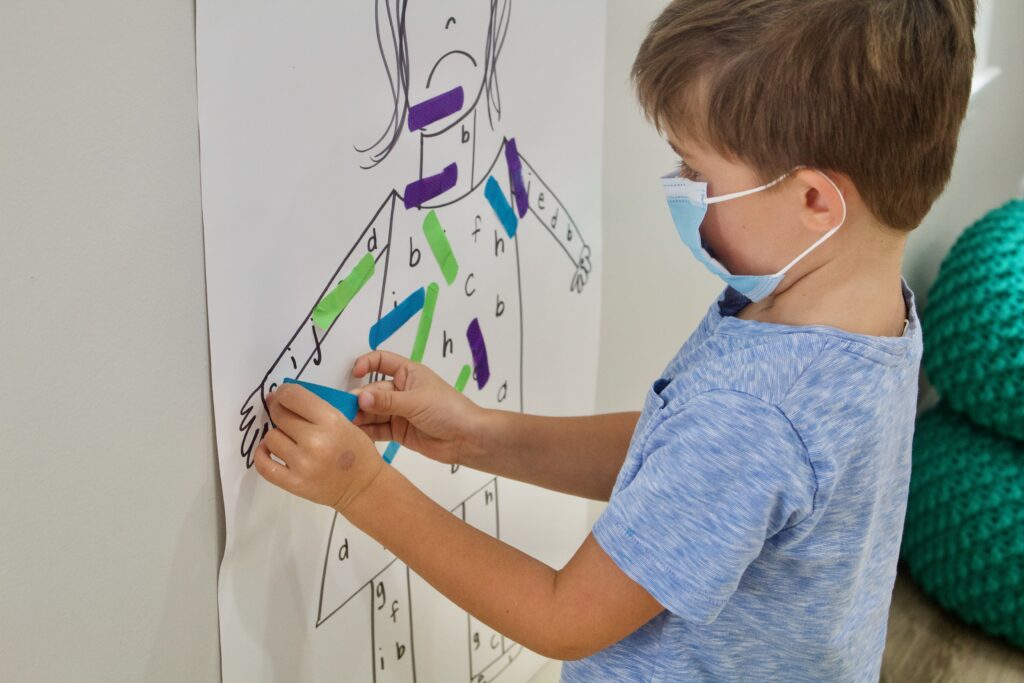
The developmental process of learning to read can be broken down into five stages of reading development. 1) Emergent Readers 2) Early Readers 3) Transitional Readers 4) Self-Extending Readers 5) Advanced Readers. All children advance through these stages at different rates based on cognitive development, early and consistent exposure to print, the development of basic reading skills at home and at school. Our class is currently made up of Emergent Readers, Early Readers and Transitional Readers. Many of the readers are sent home throughout the year for the children to keep and continue to read at home independently. As we get closer to November, due to the varying stages of development in our K Prep classroom, you will find that your child may be reading different texts than their classmates. It is so exciting to watch young readers develop the ability to read and become fluent readers!
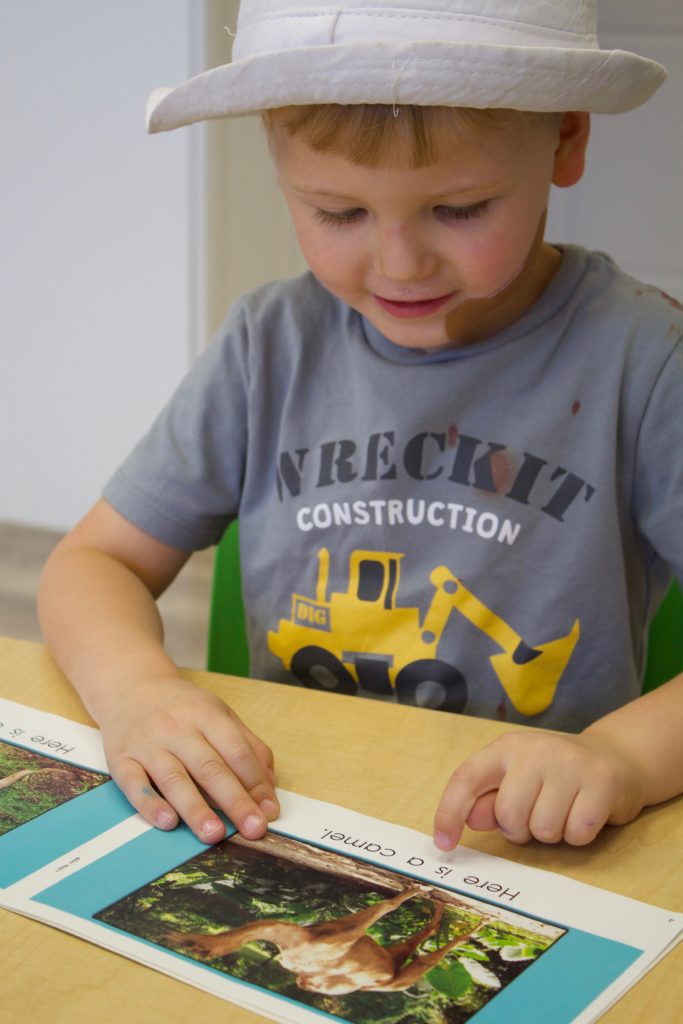
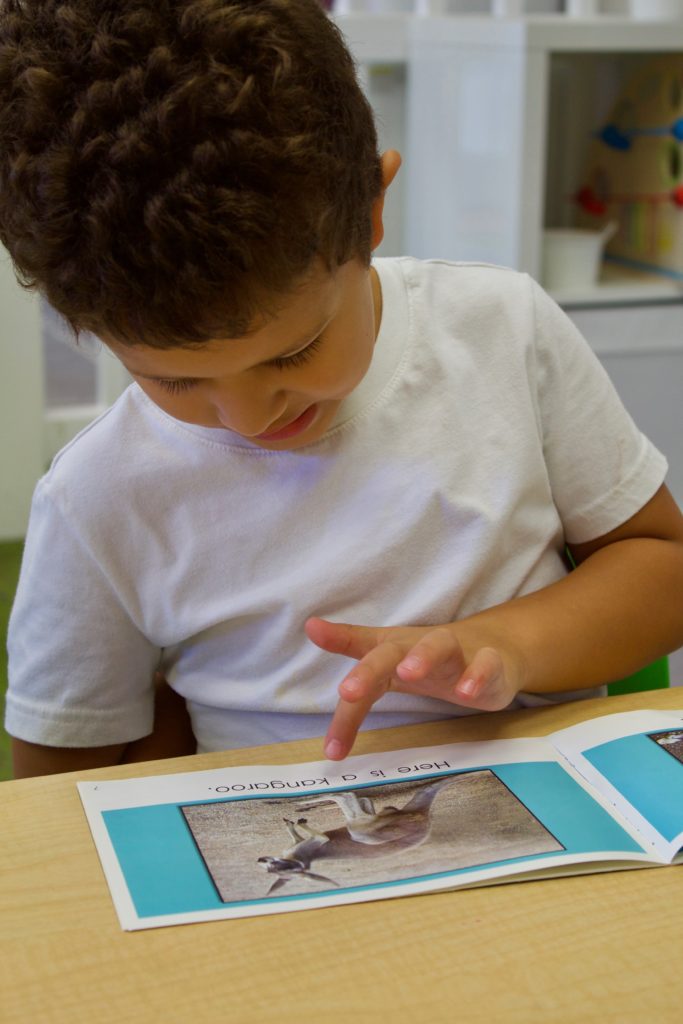
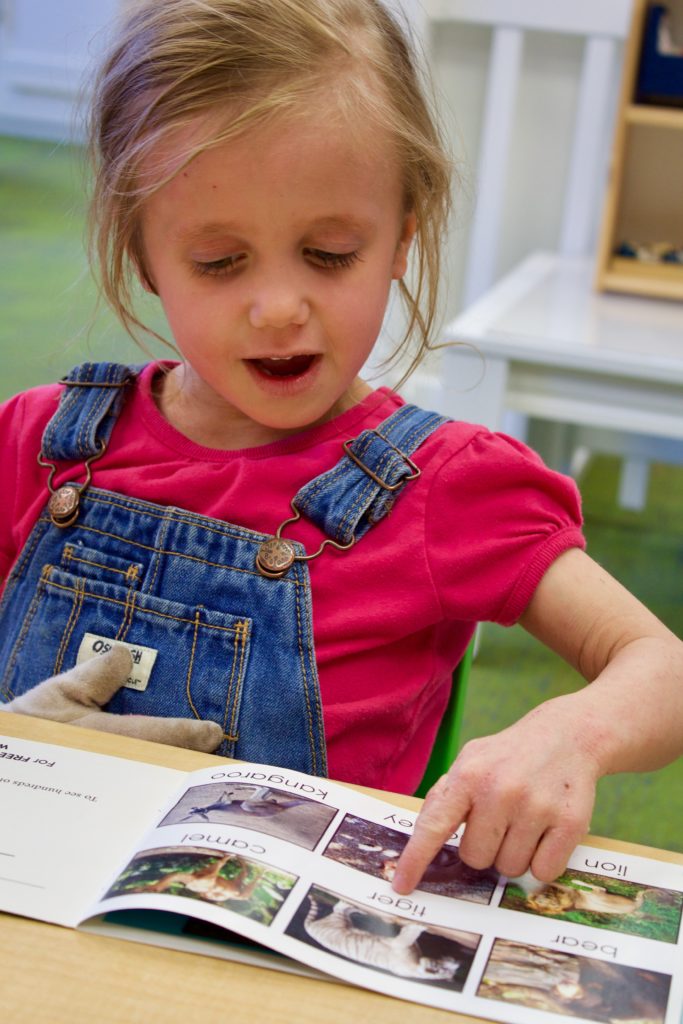
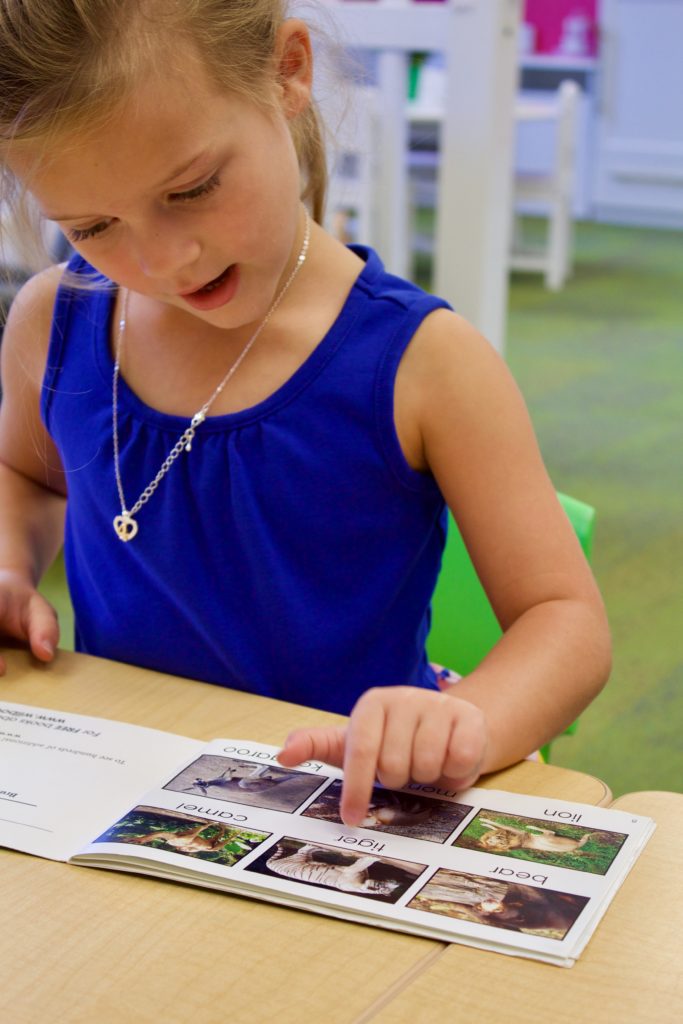
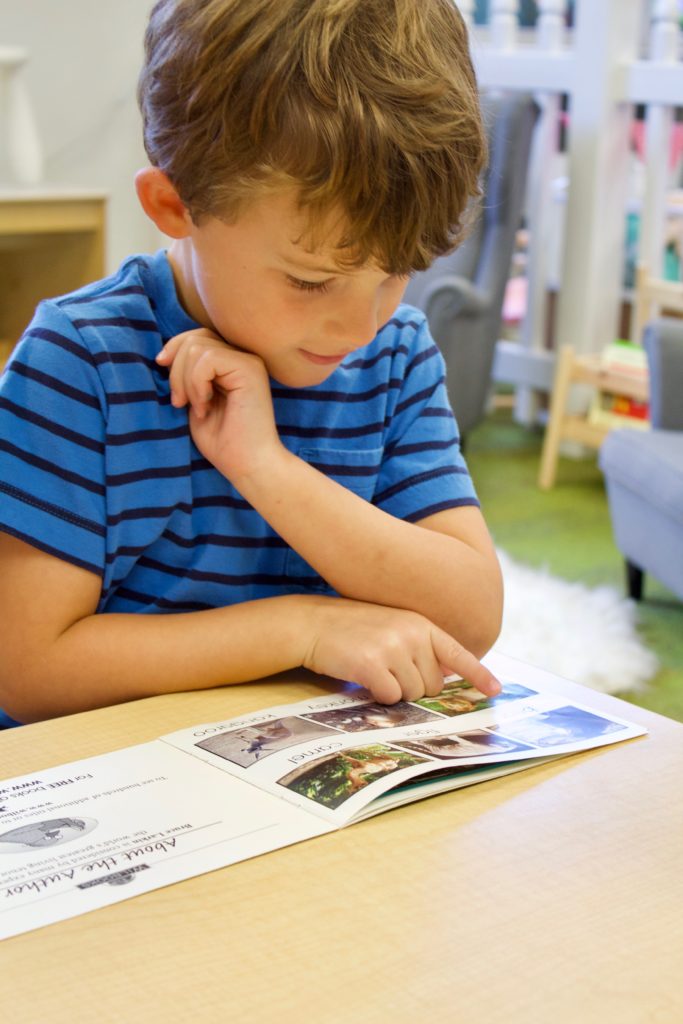
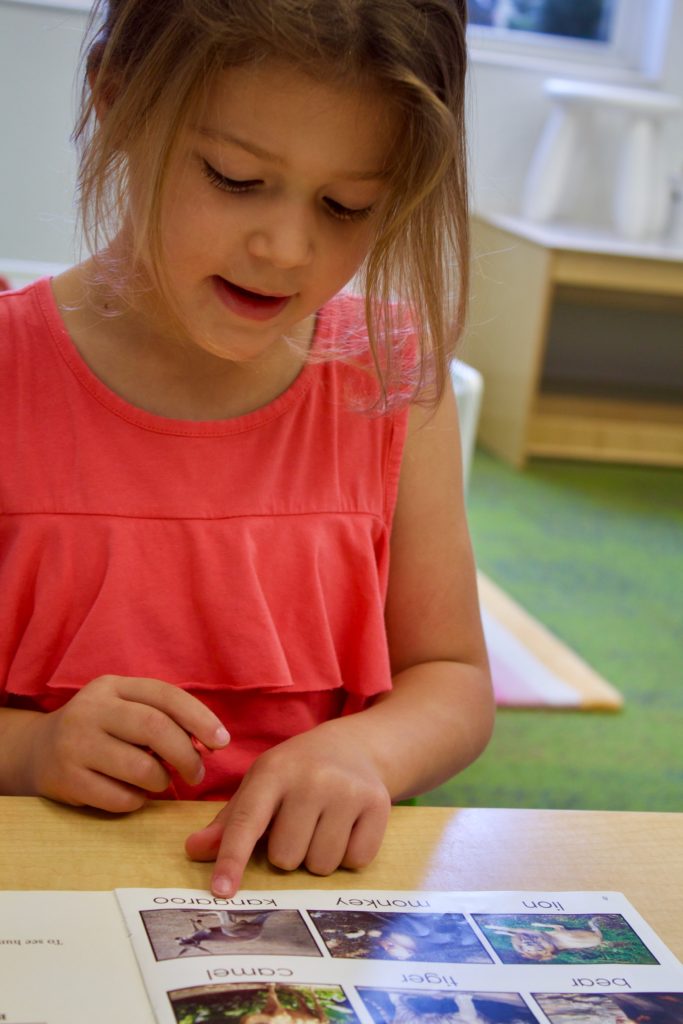
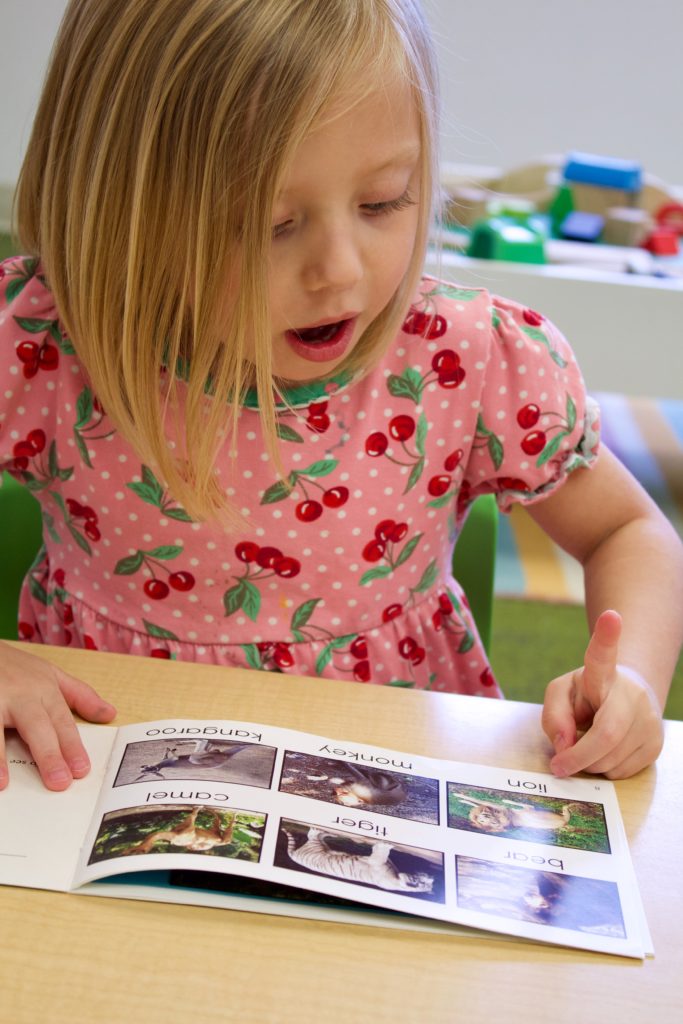
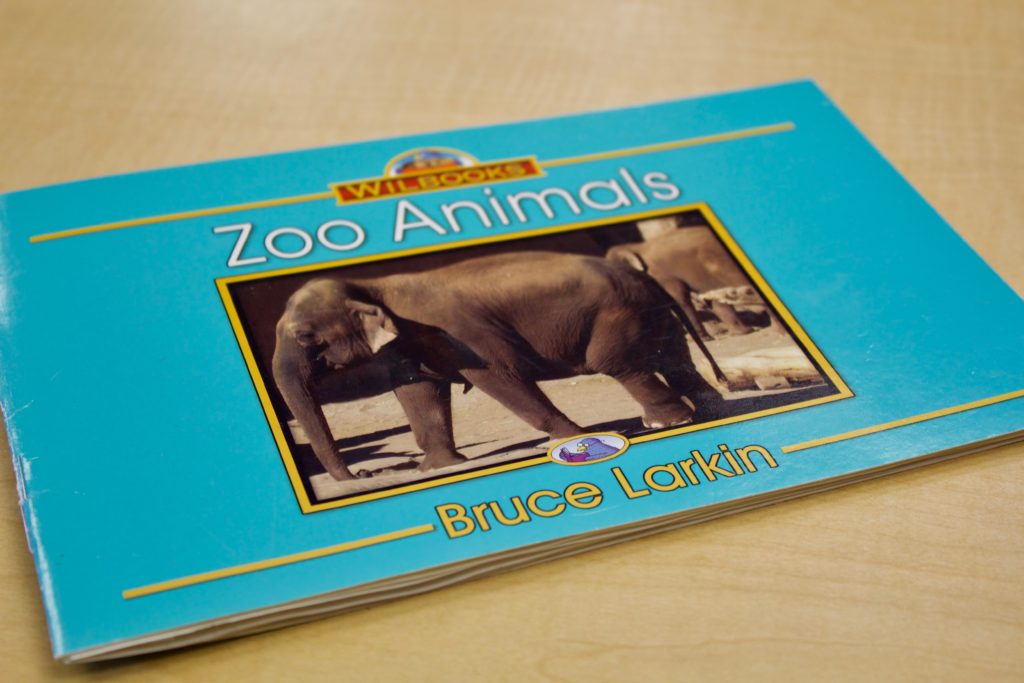
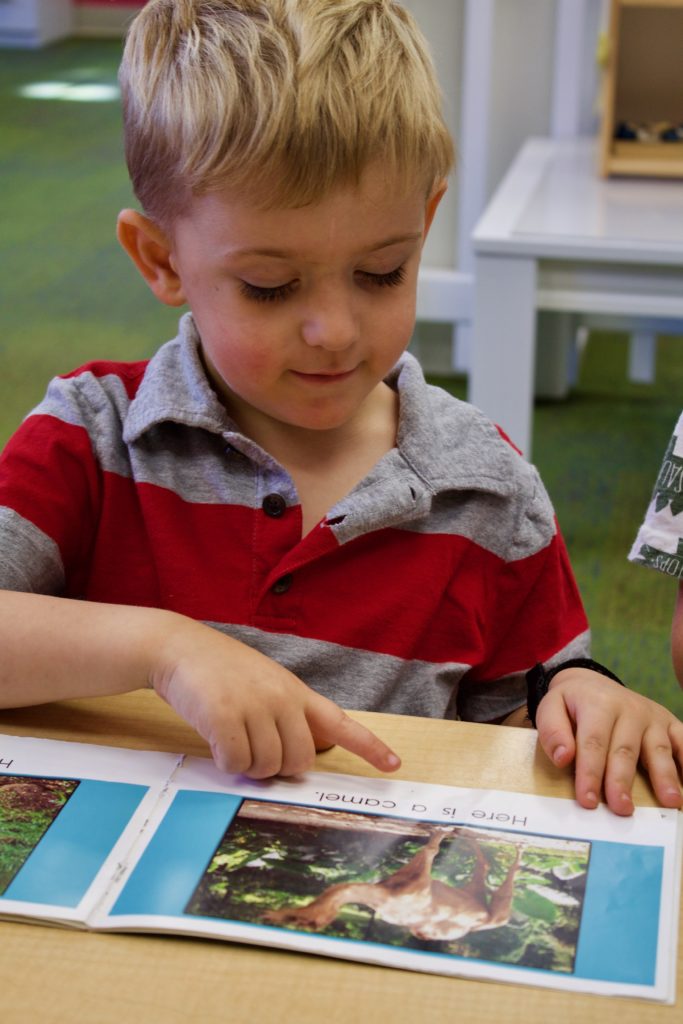
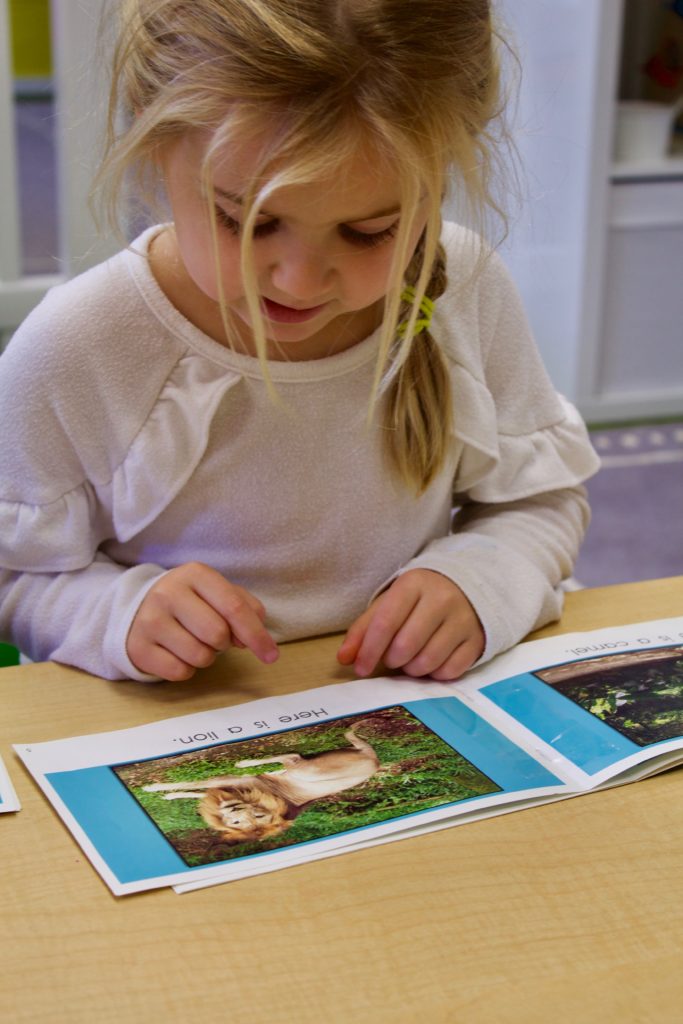
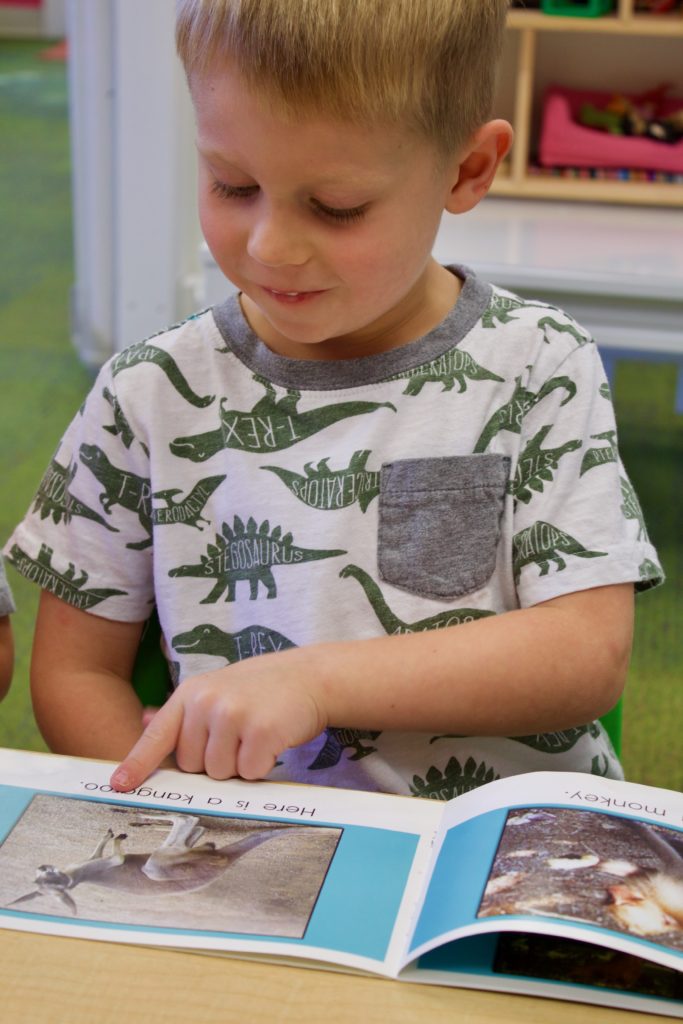
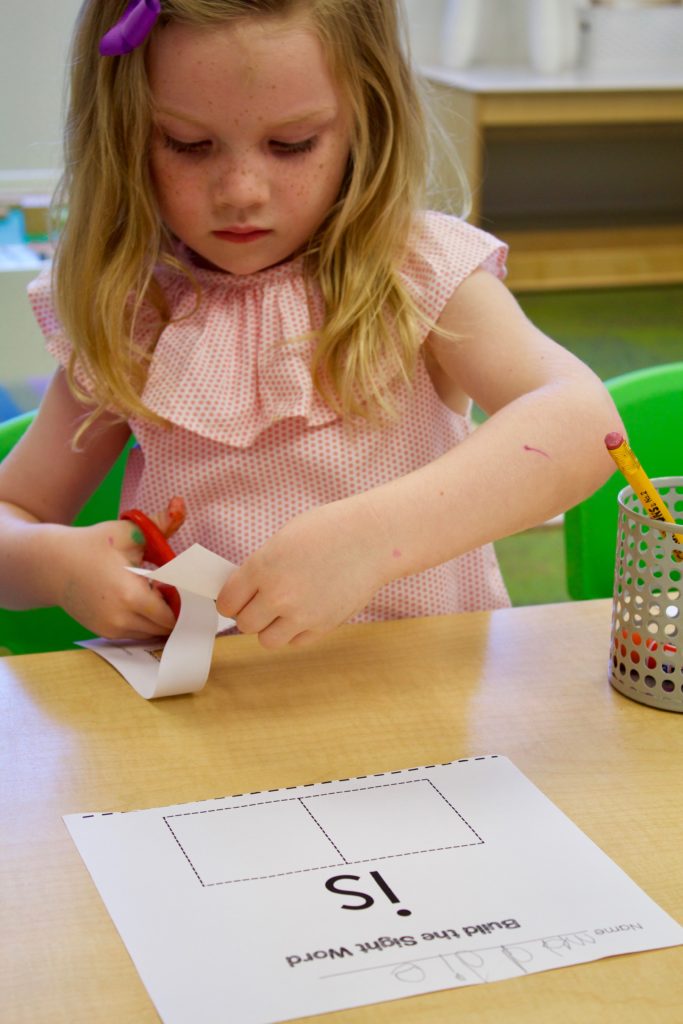
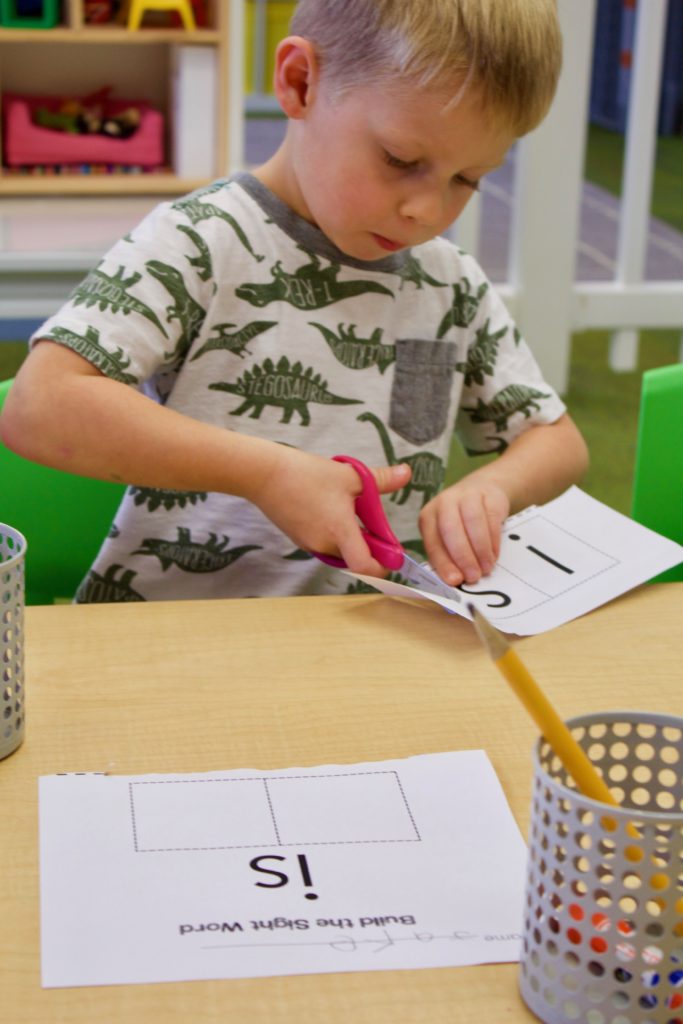
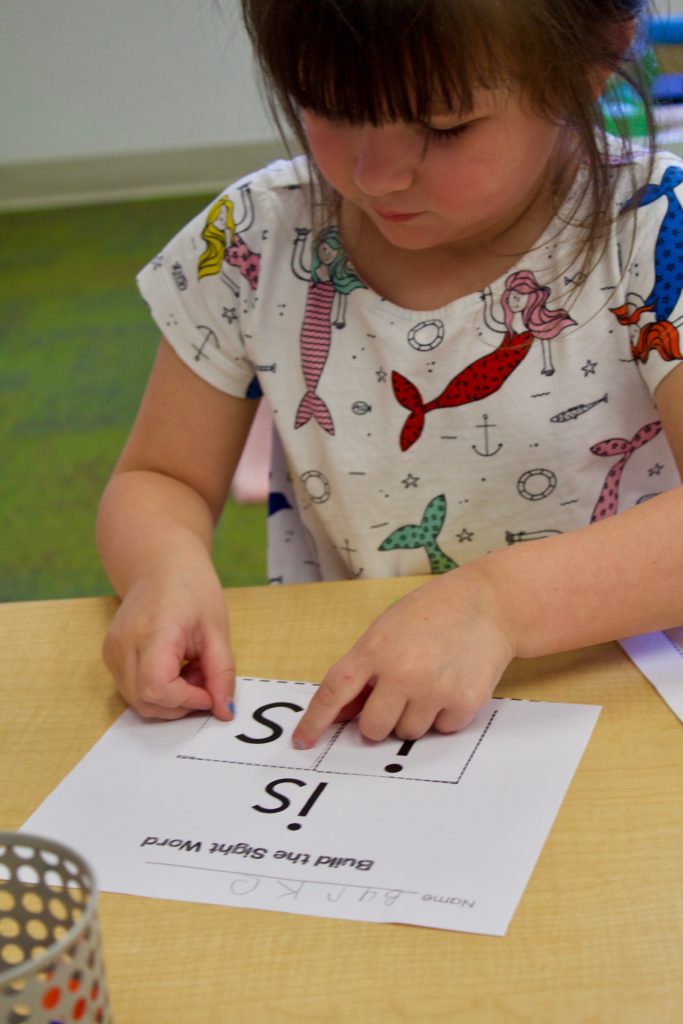
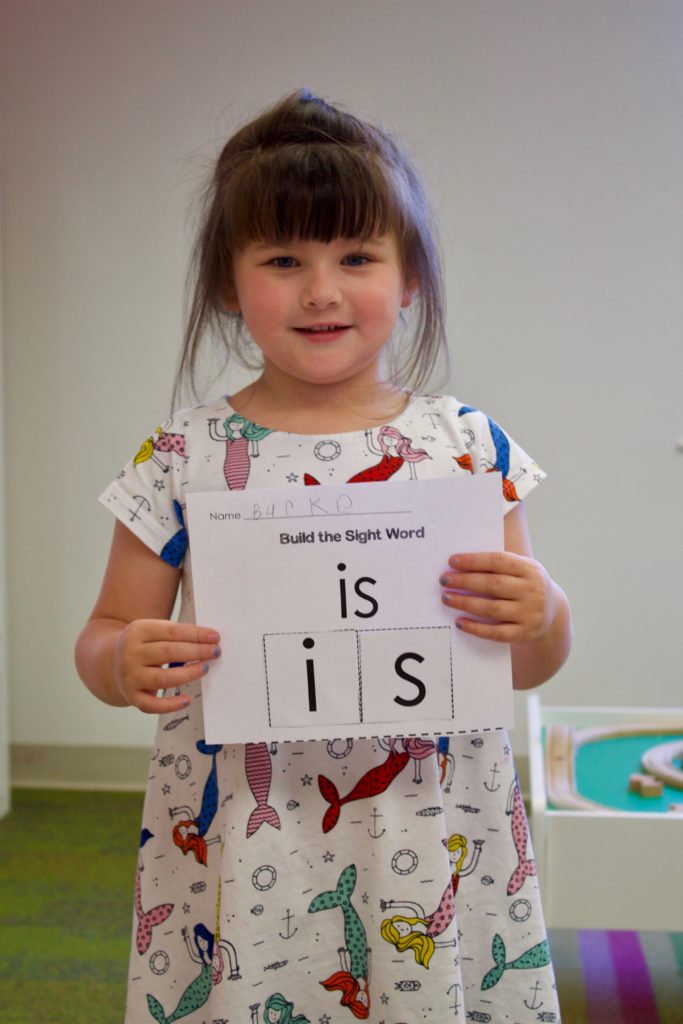
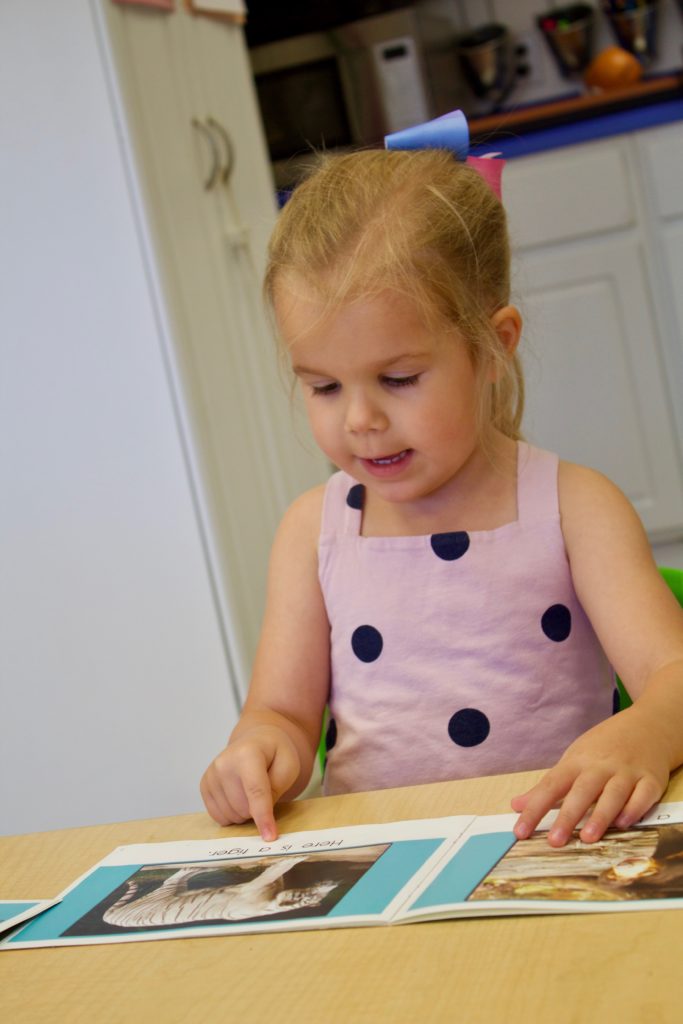
We continued to read our sight word reader, I’m Not Afraid of Anything! today, but in the spirit of Halloween used witch fingers as our “Magic Reading Finger” as we pointed to each word that we read aloud. Sight Word Focus: of, not
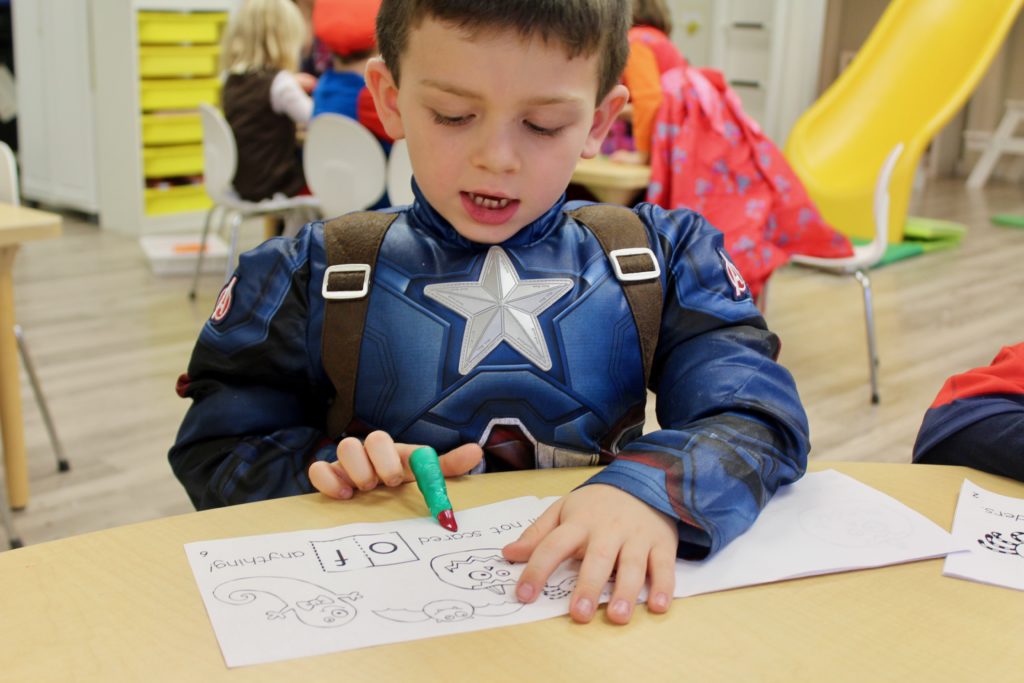
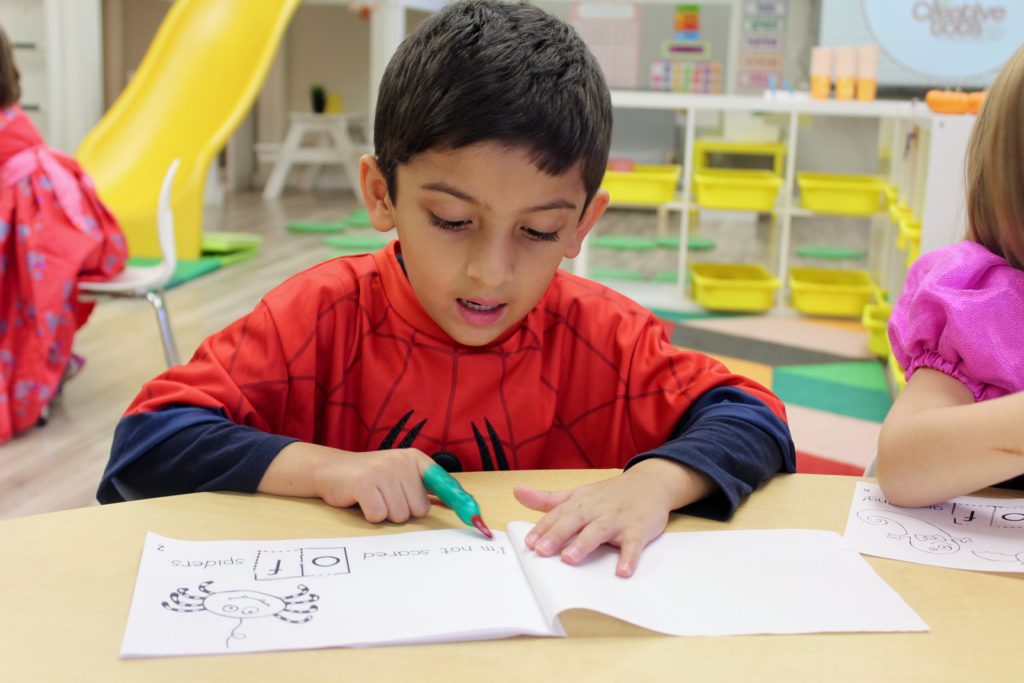
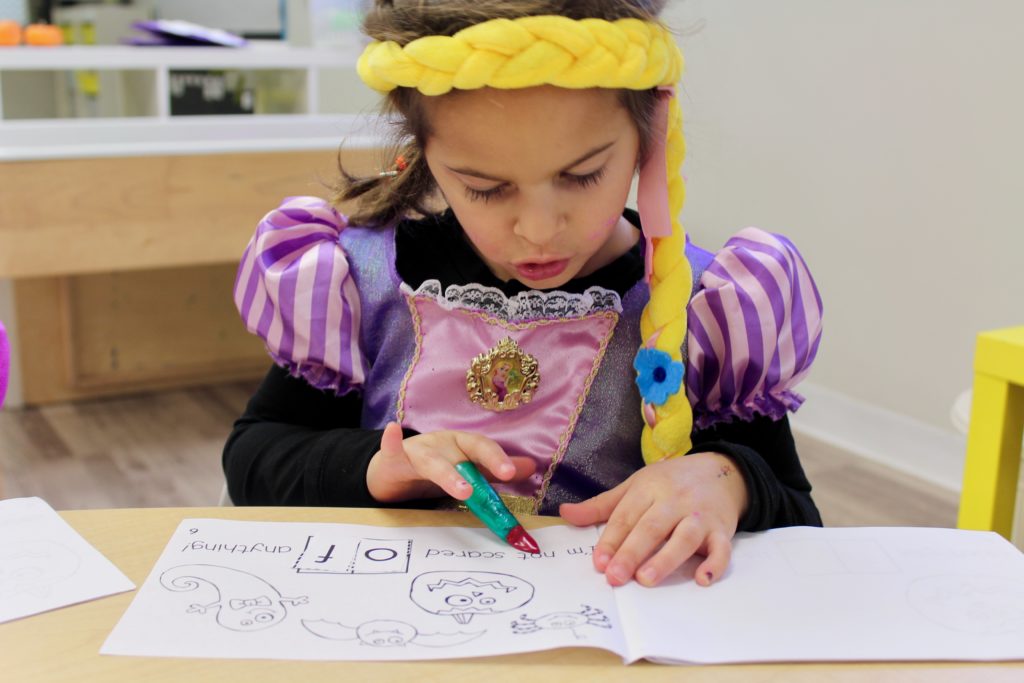
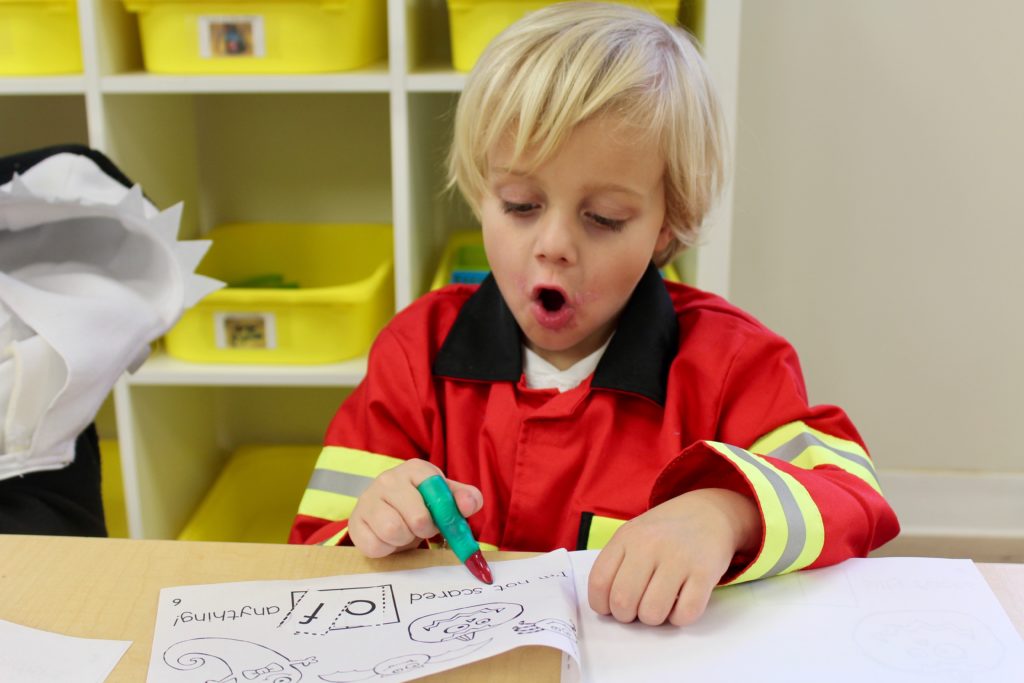
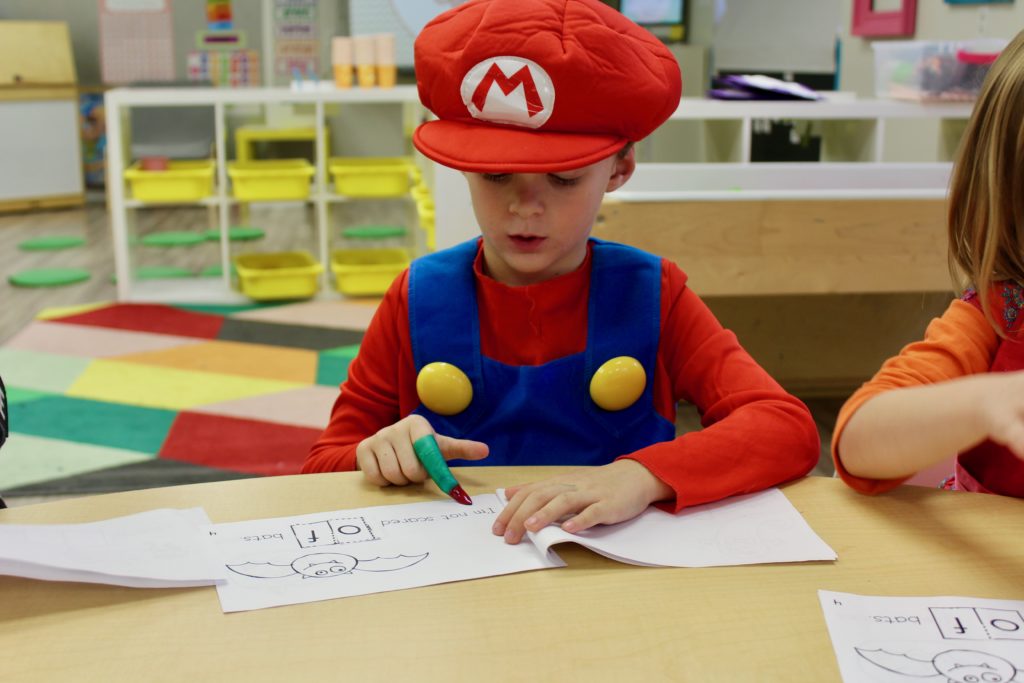
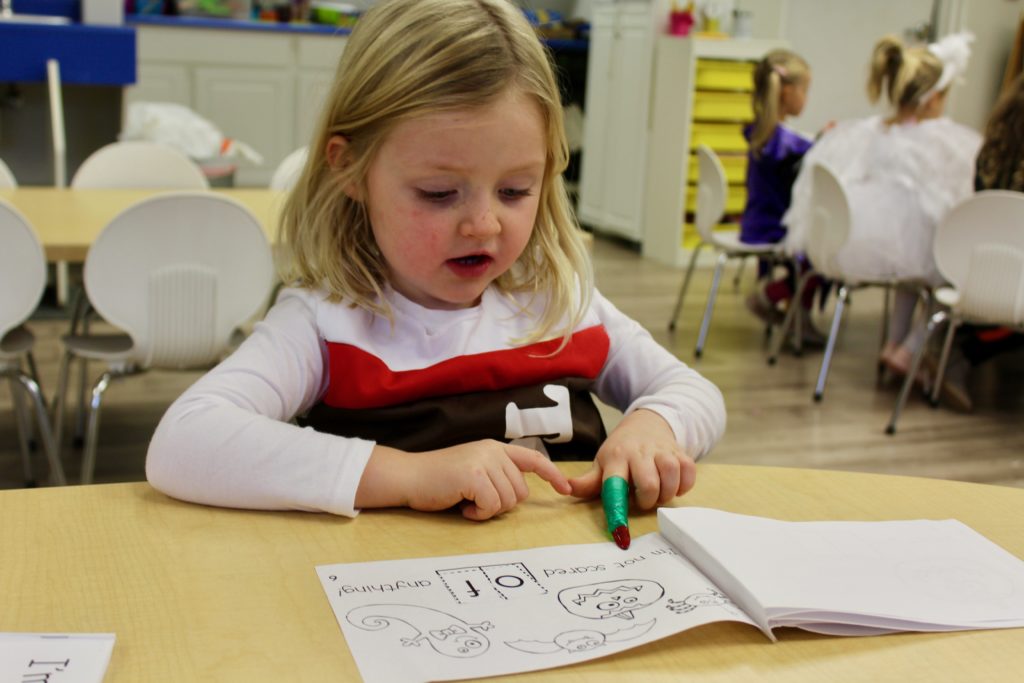
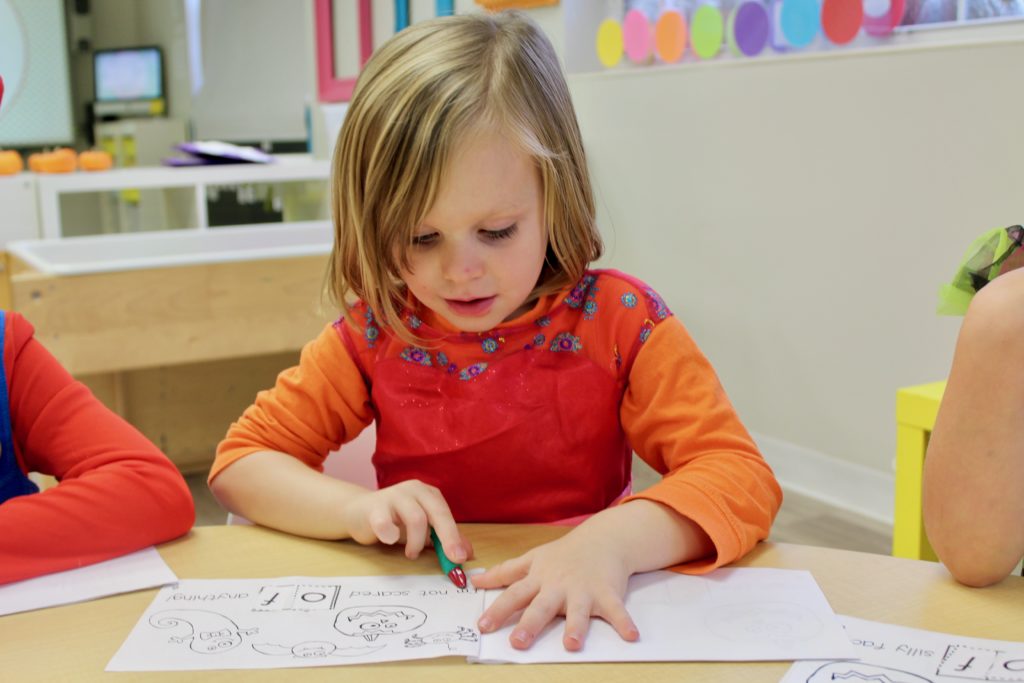
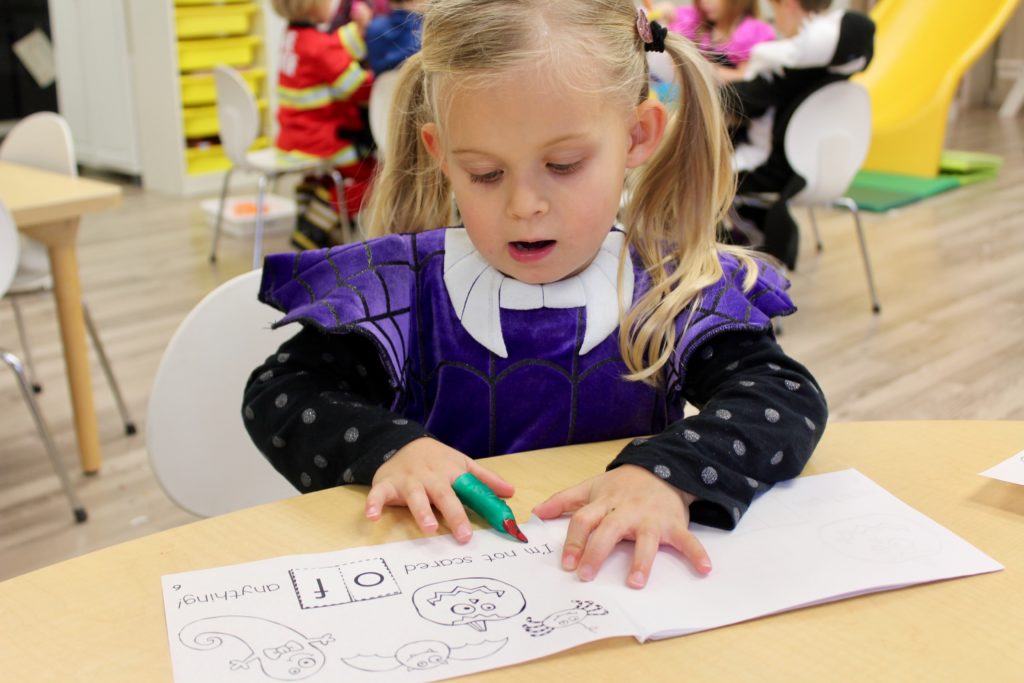
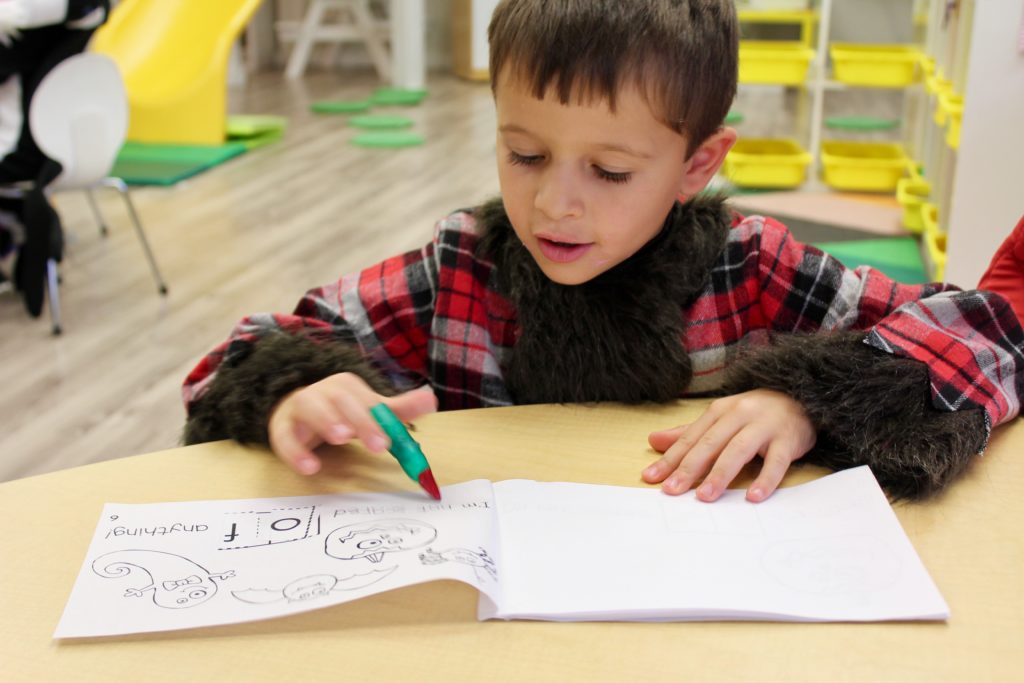
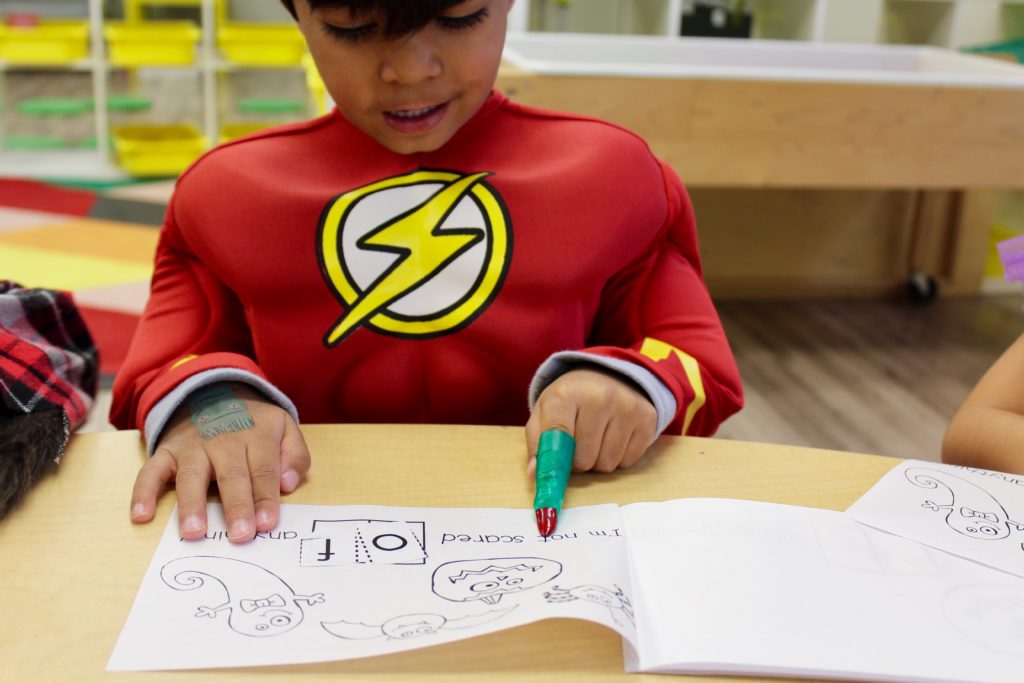
Early literacy skills benefit our students in a variety of ways. Reading in the early years supports kindergarten readiness, but early literacy skills builds a foundation for future academic success and overall achievement. We begin your child’s reading journey in our K Prep classroom each year. Our goal is to create a strong foundation in early literacy for them to build on throughout many years ahead.

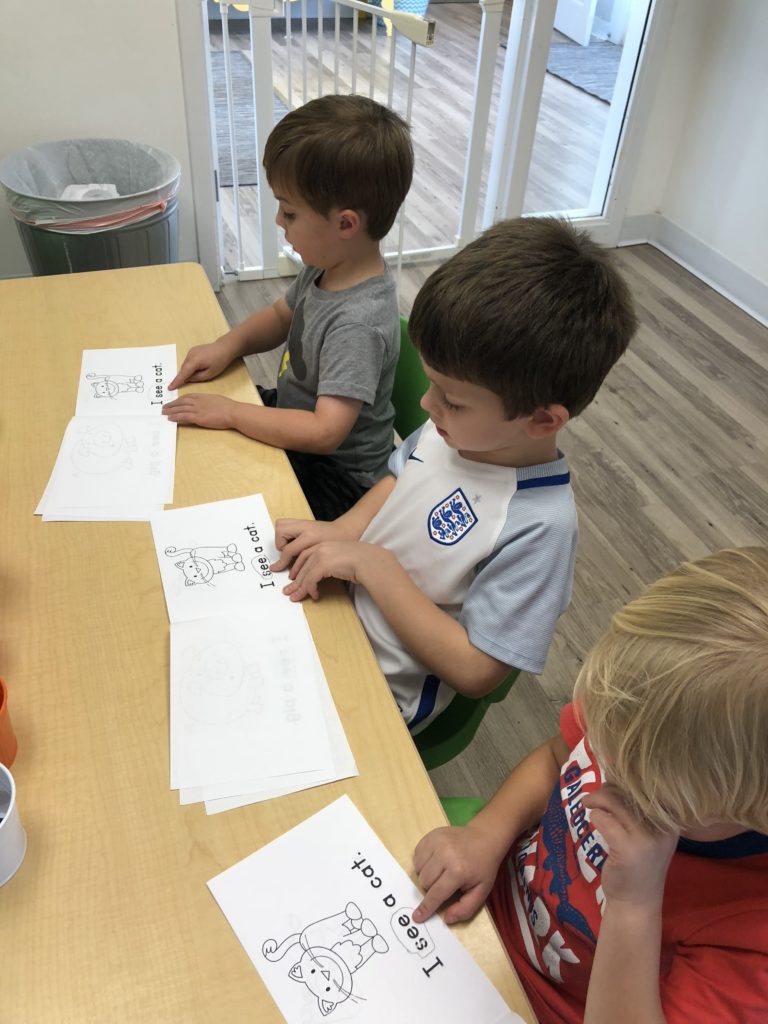
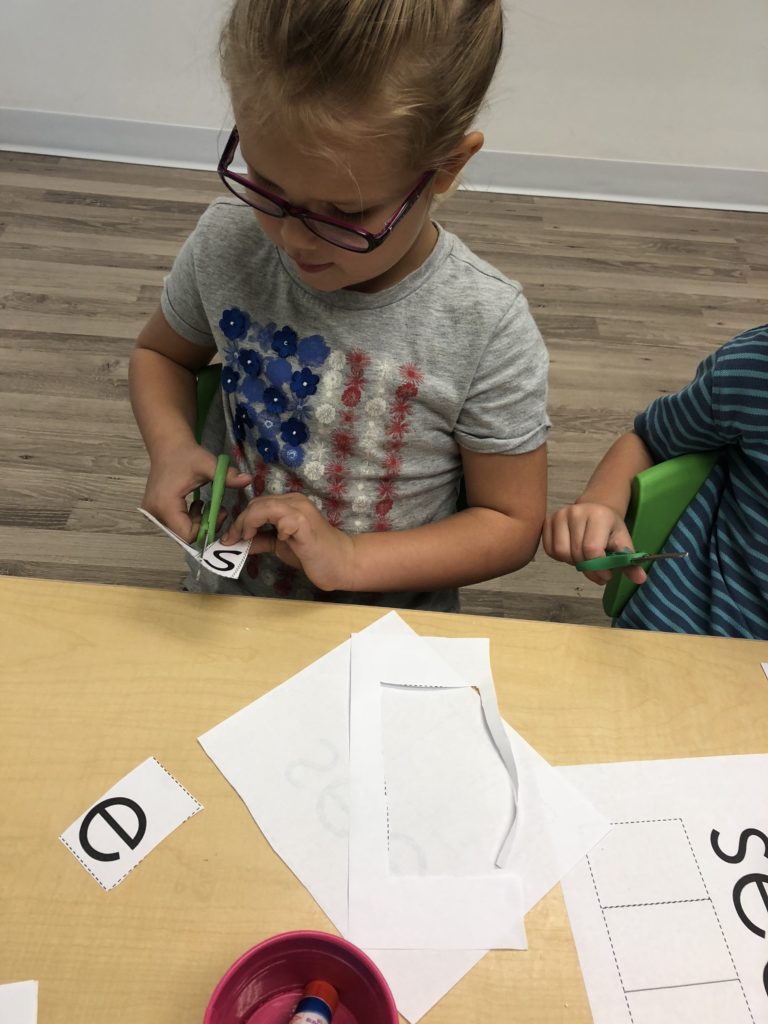
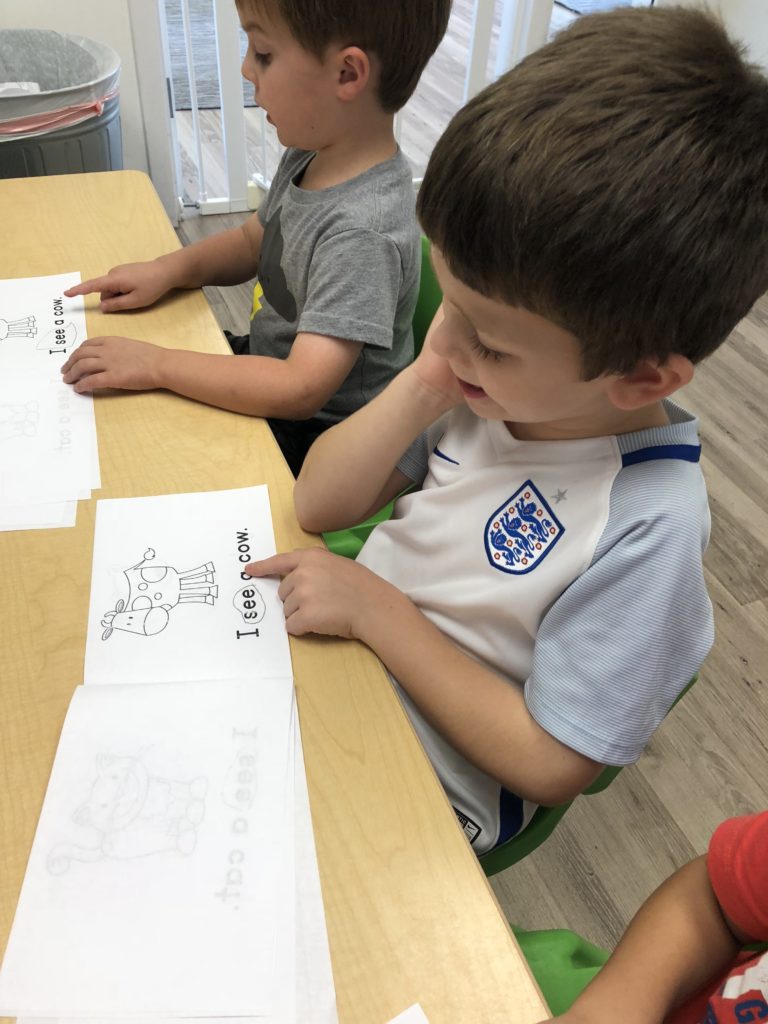

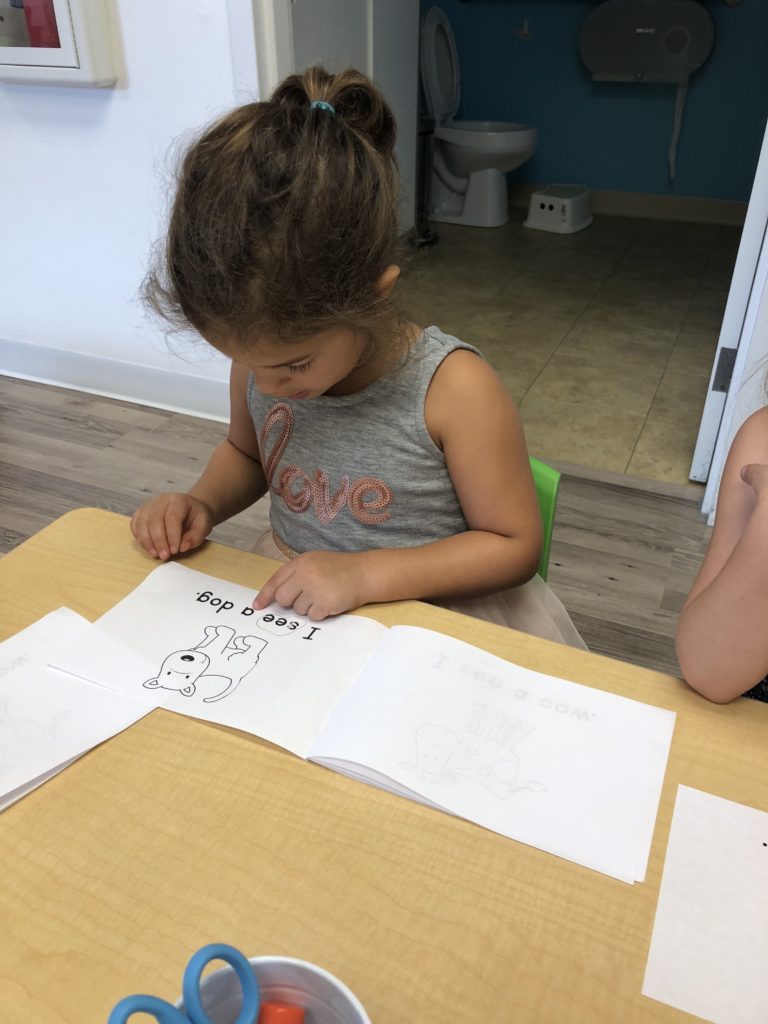
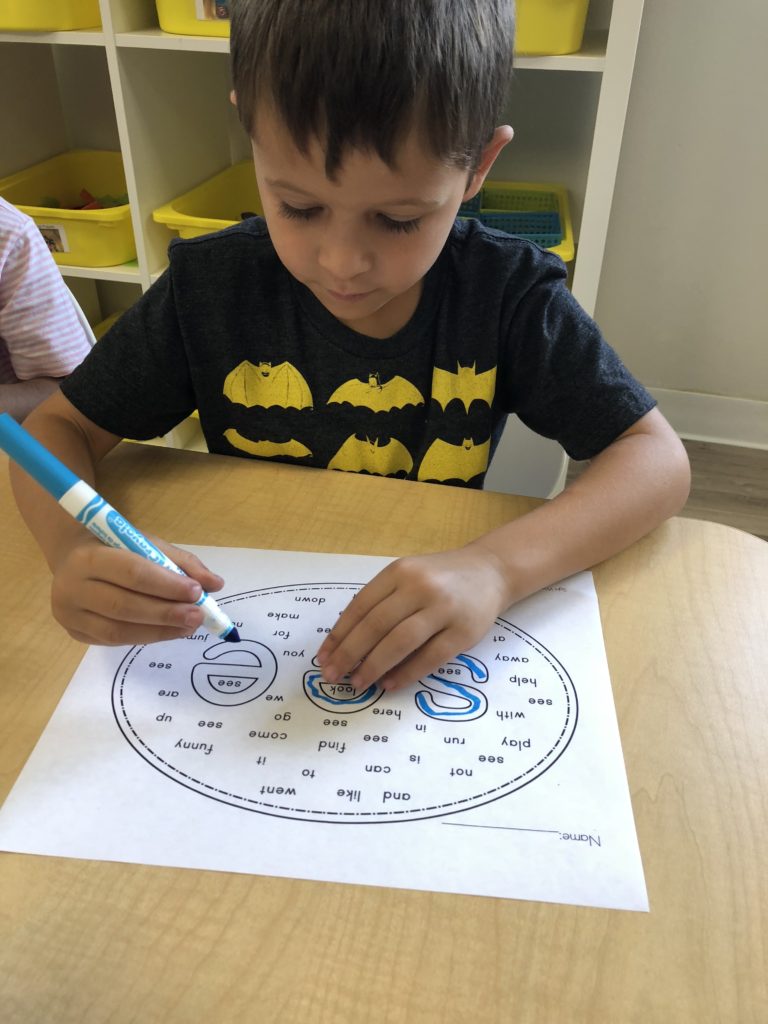
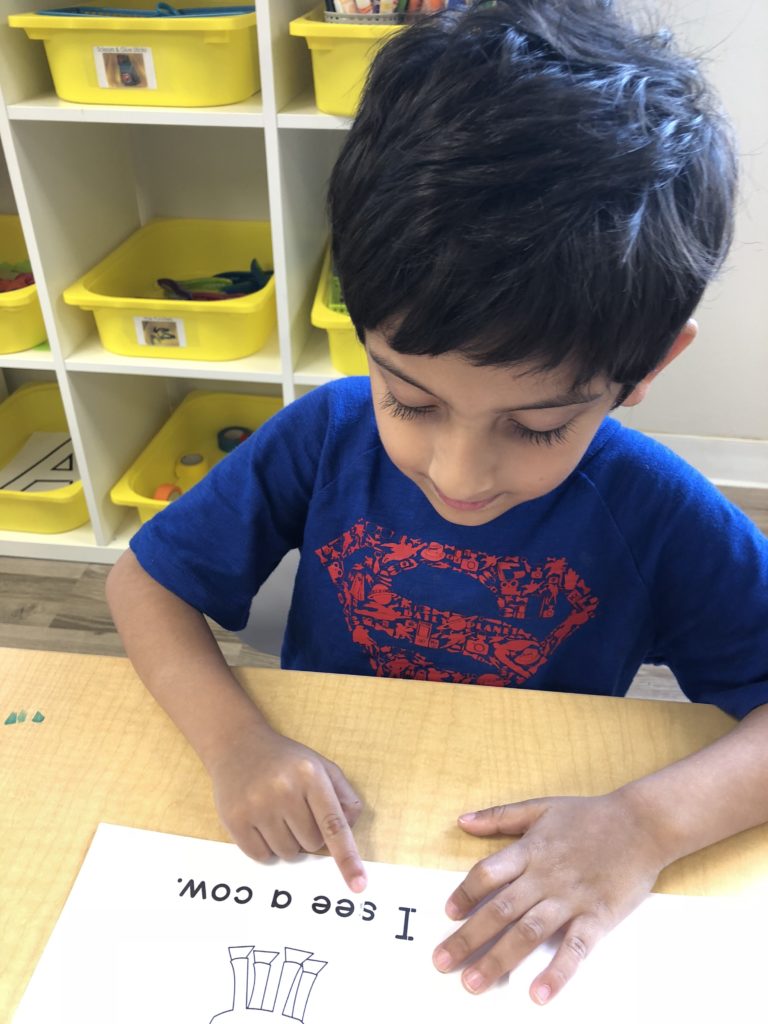
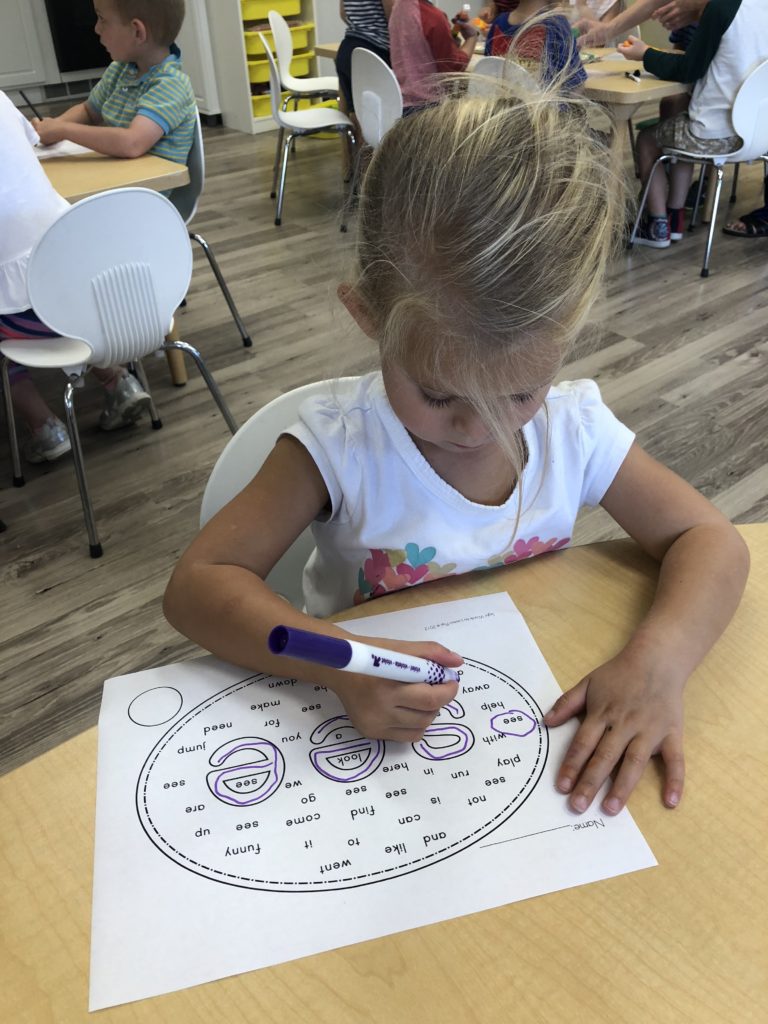
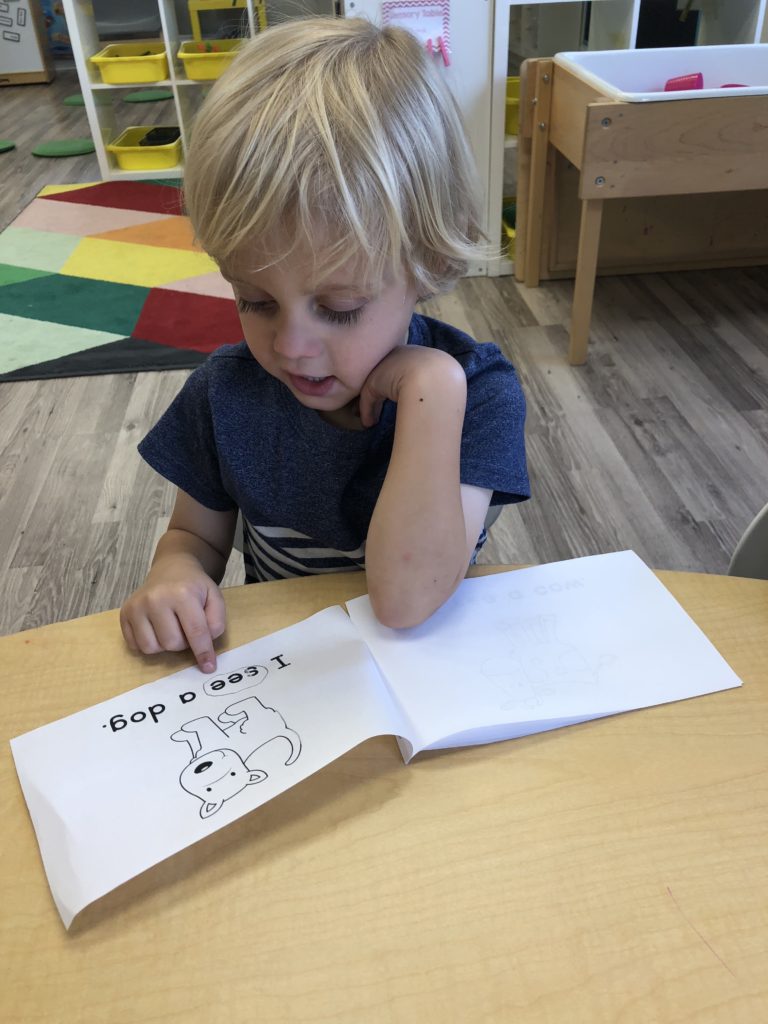

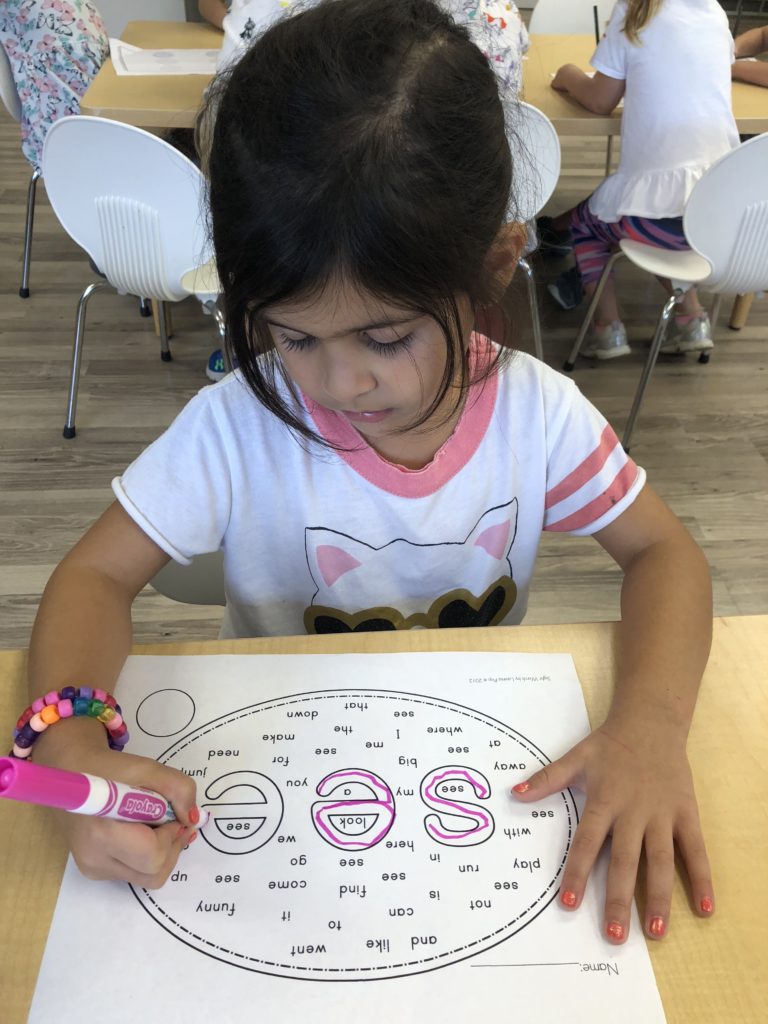
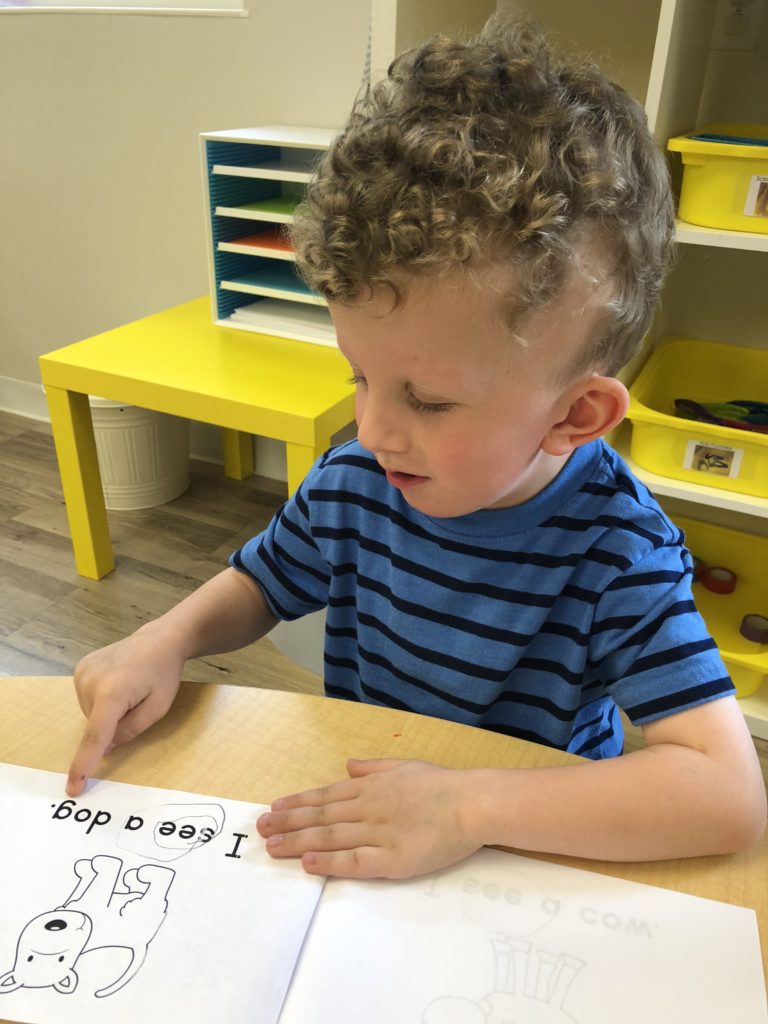
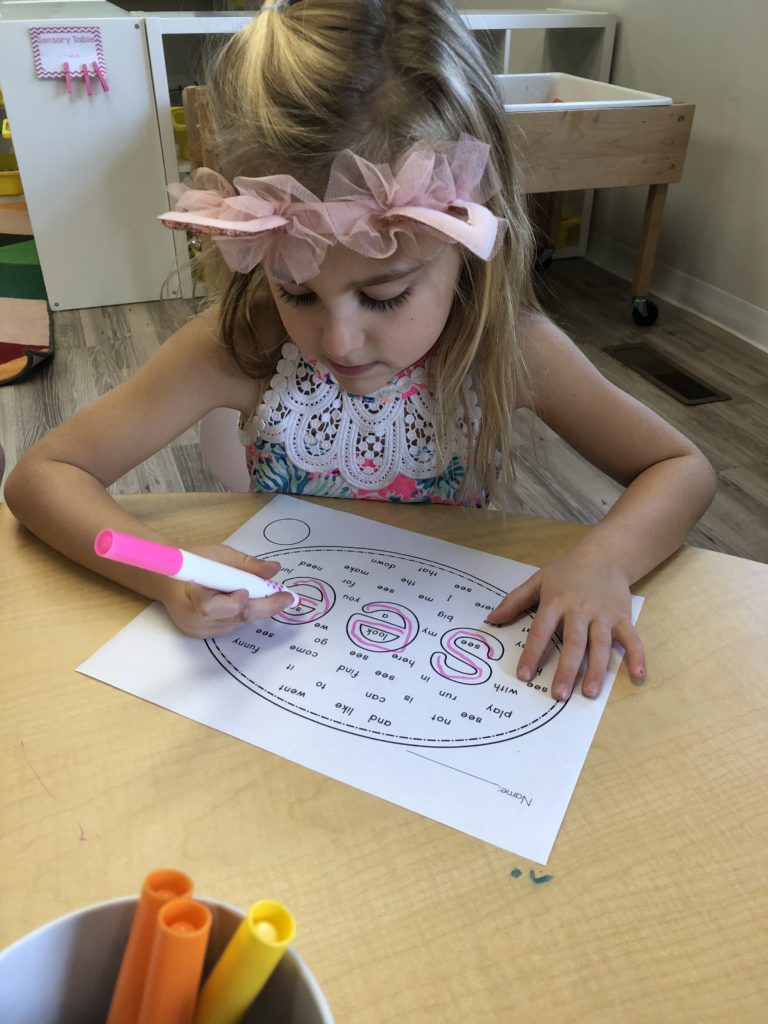
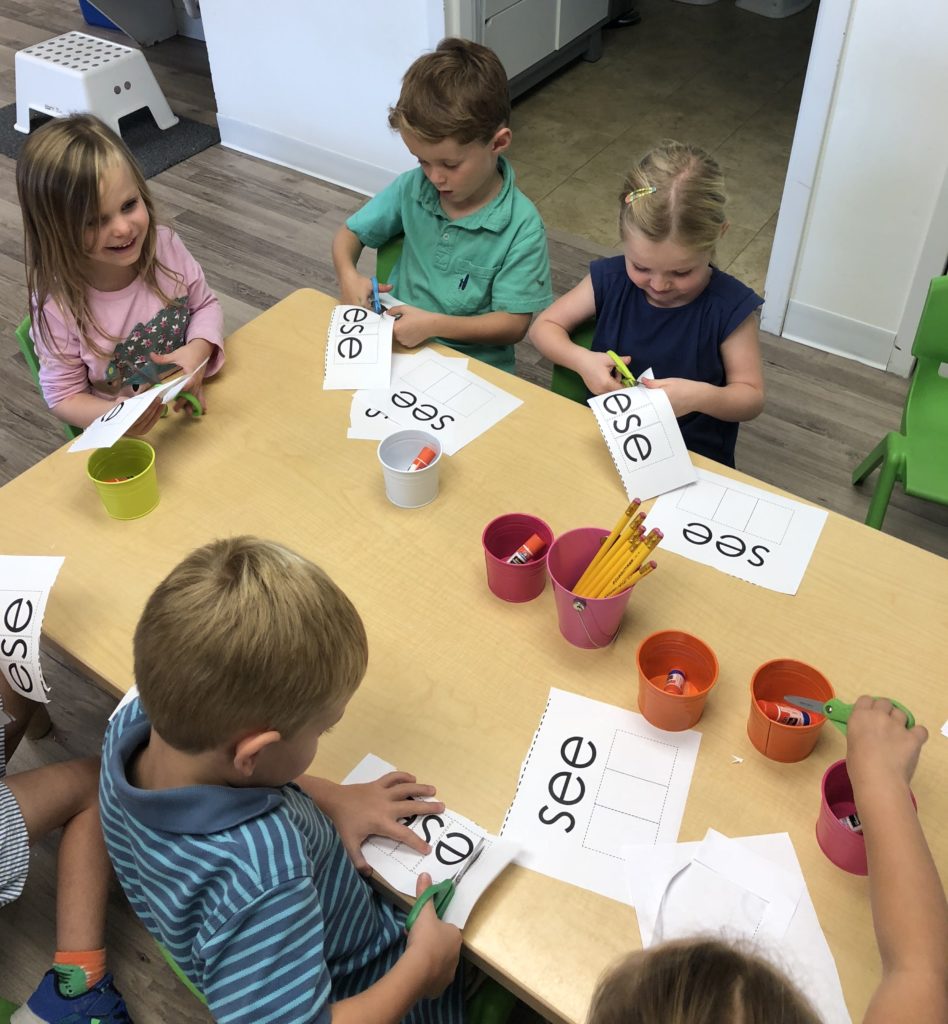
Letter and Word Awareness is the ability to identify individual written letters and words. Once children are able to identify printed letters, they develop the ability to identify entire words. The entire developmental progression from letter awareness to word awareness to fluent reading typically begins around age three with letter awareness and continues through age five, six or seven with fluent reading. Our K Prep class is beginning working on understanding that words are groups of letters separated by spaces on either side. Children’s names are the most important word to them, so what better place to start!
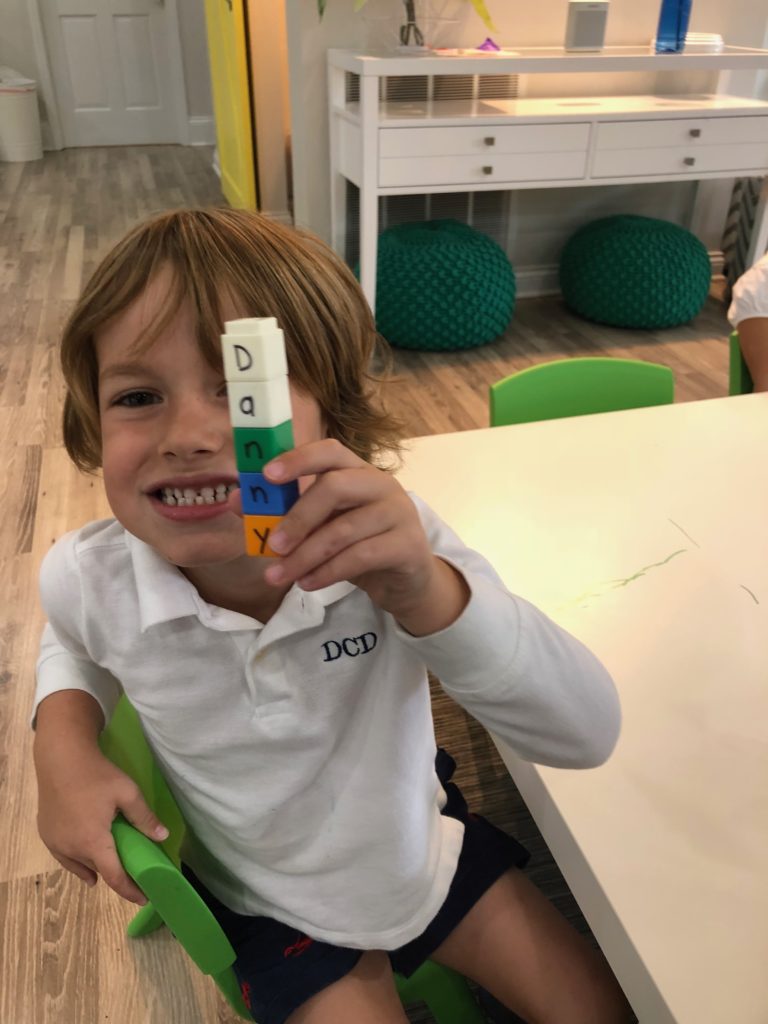

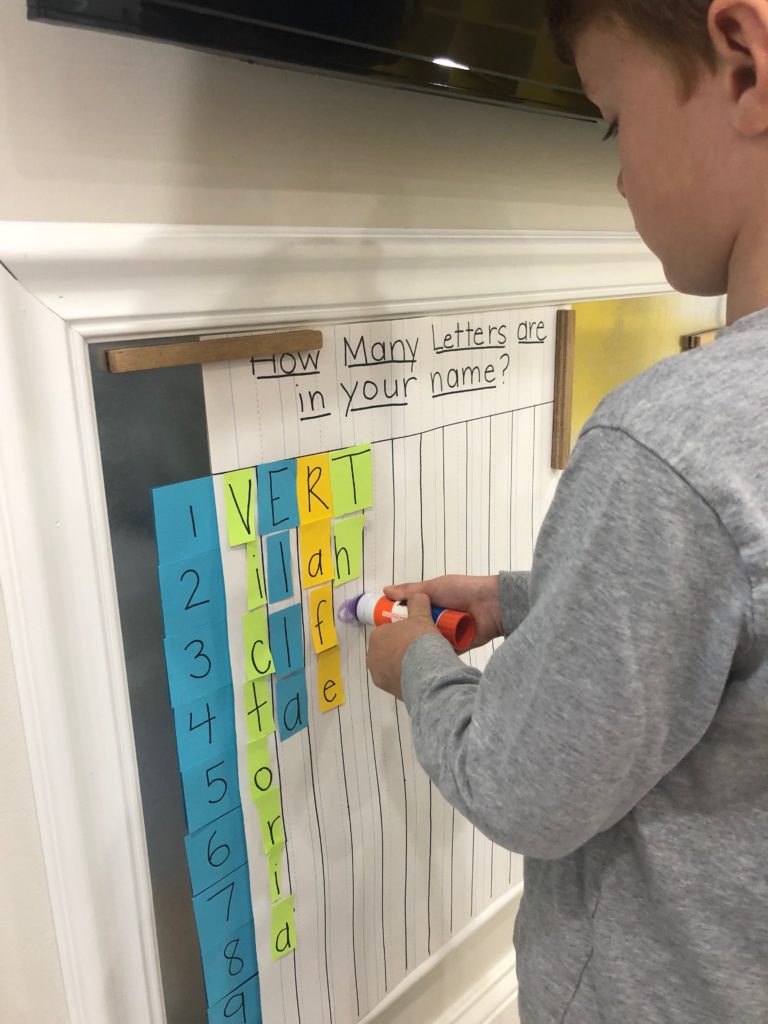
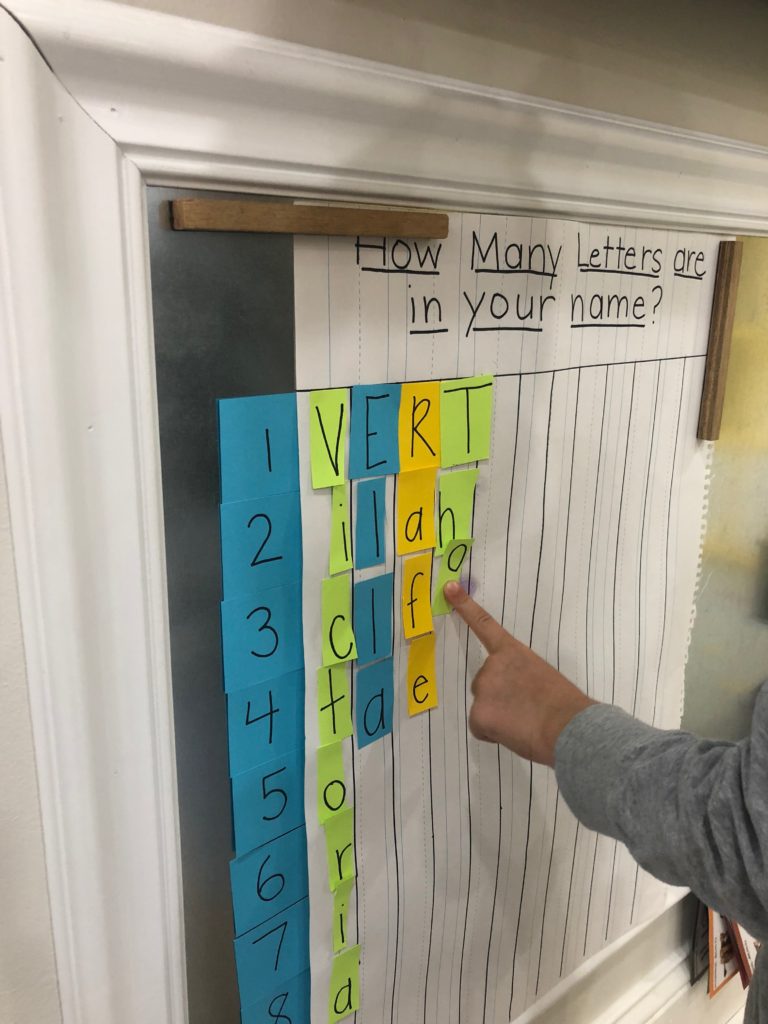
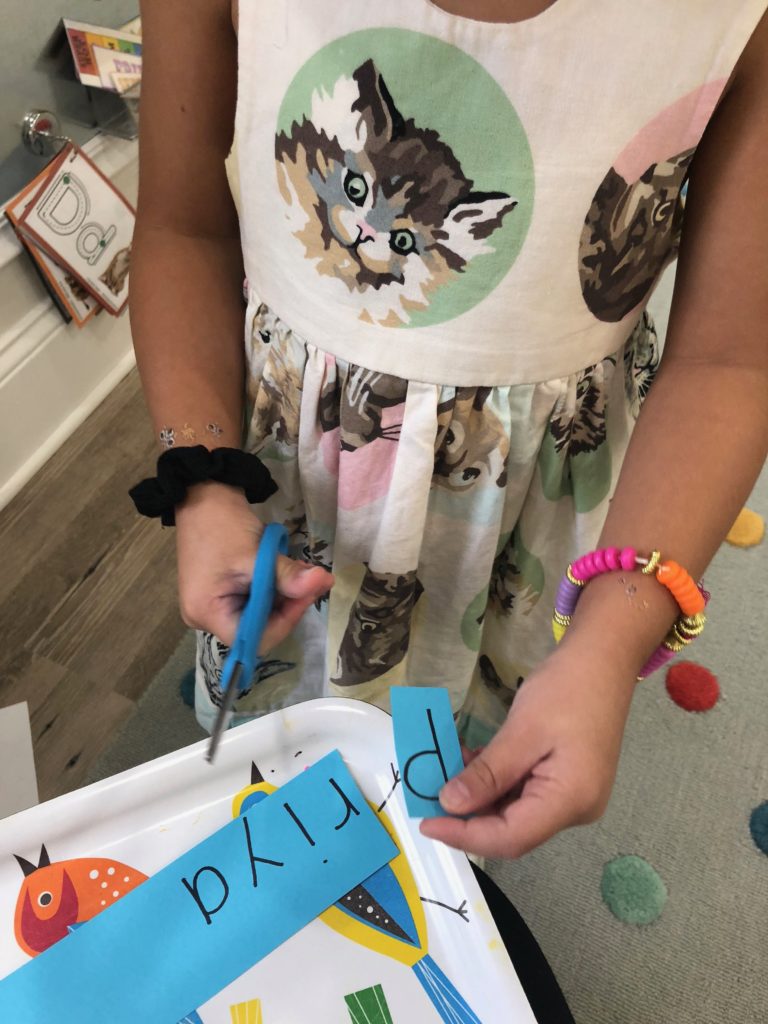
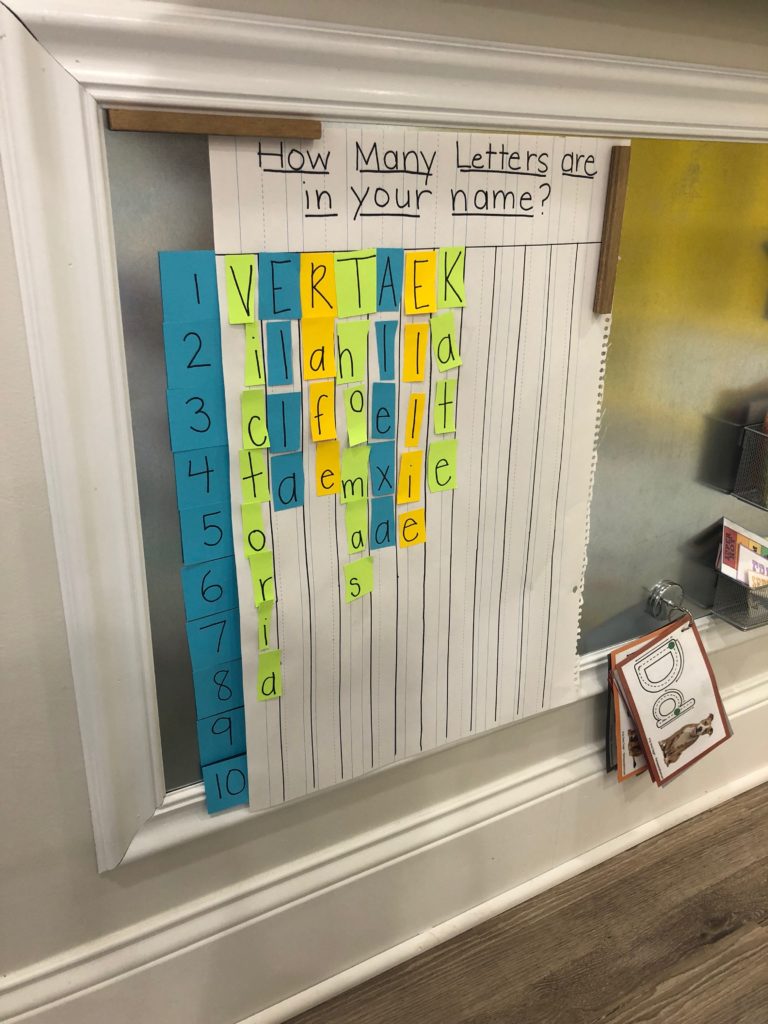
Our early reading adventure began in K Prep this week. The focus this week was how to use their “Magic Reading Finger.” Why do we have children use their finger to track the words while they read? The reason for this practice is because our eyes naturally follow movement, placing a finger, on a page and strategically moving it down the text, a reader will naturally keep their place and be more focused. This helps readers concentrate and understand what they read making reading a more satisfying experience. They did a wonderful job!
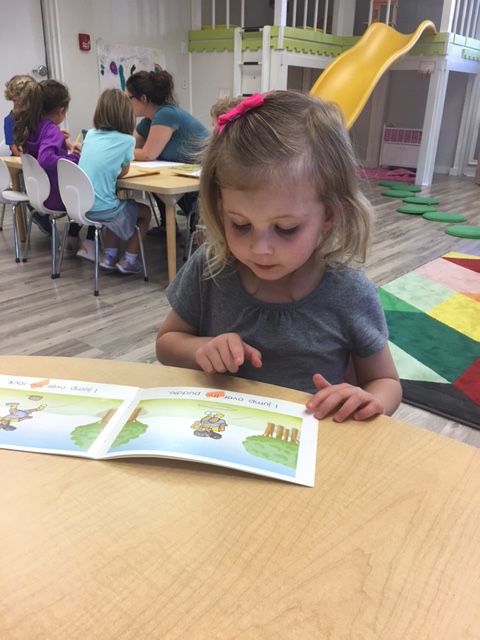
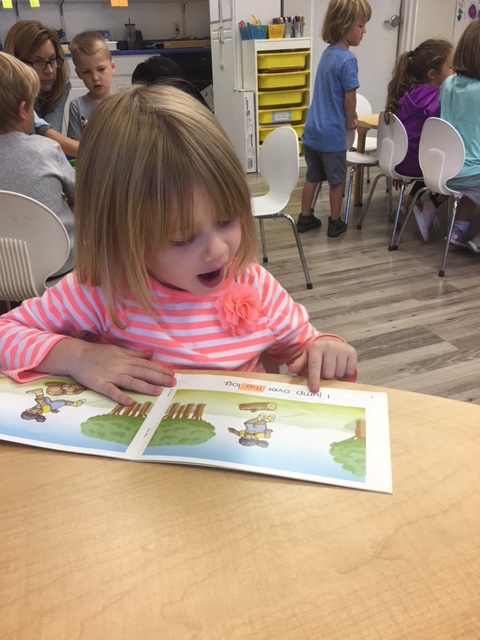
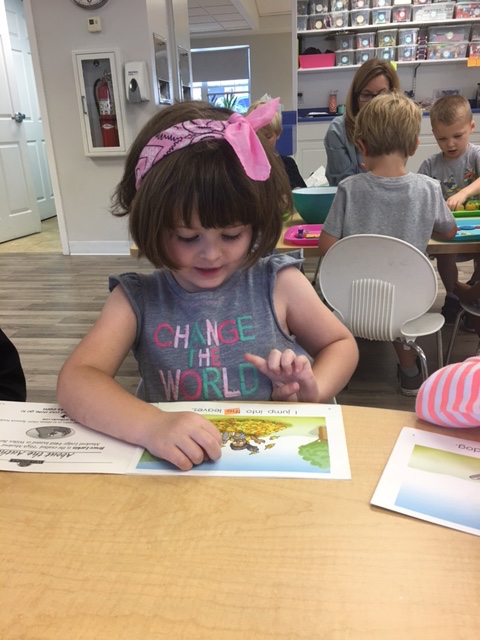
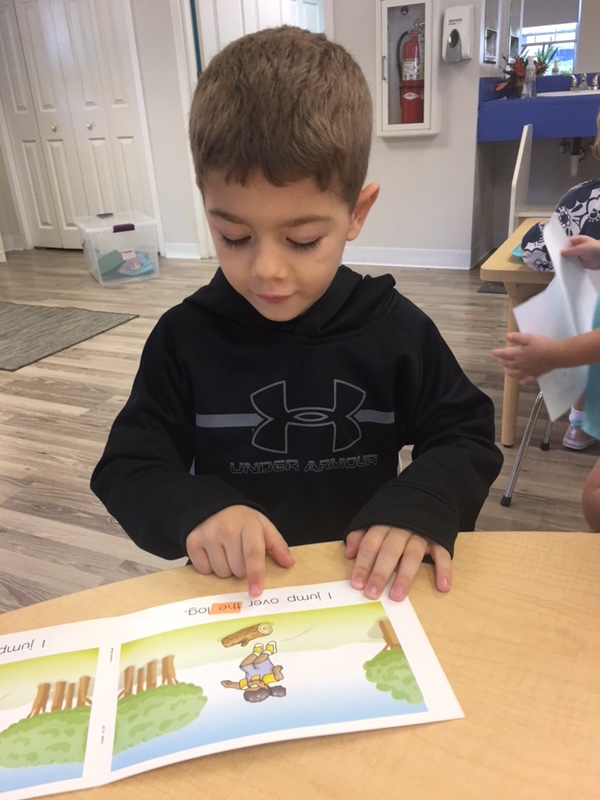
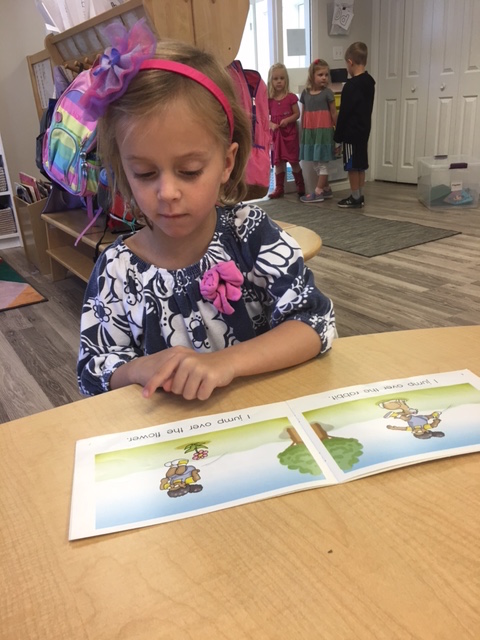
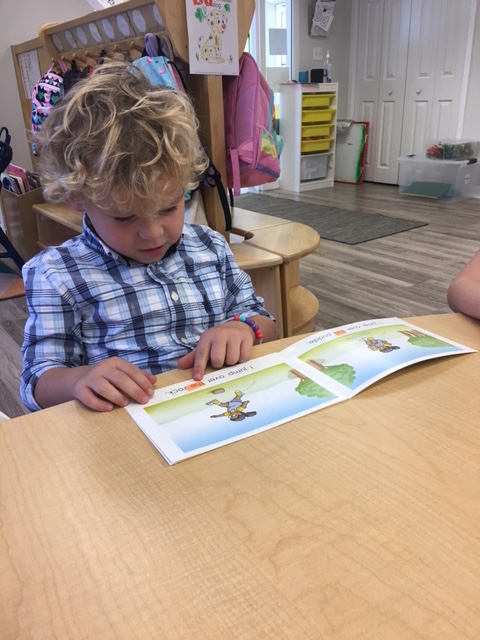
We continued our animal exploration during reading groups this week as we reviewed many of the sight words we have been studying. Do You Eat Grass? by Bruce Larkin is one of the many Bruce Larkin readers we use during reading groups throughout the school year that helps our young readers develop the skills they need to blossom into independent readers.
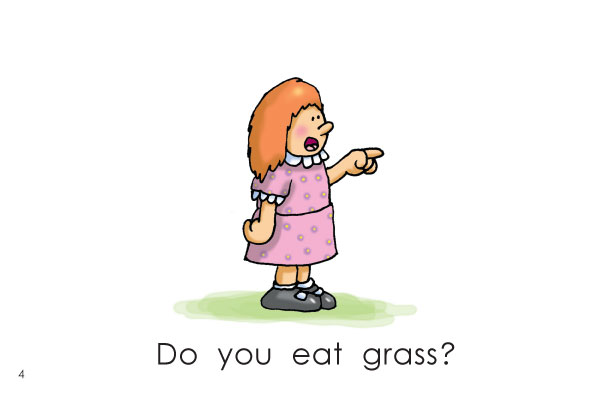
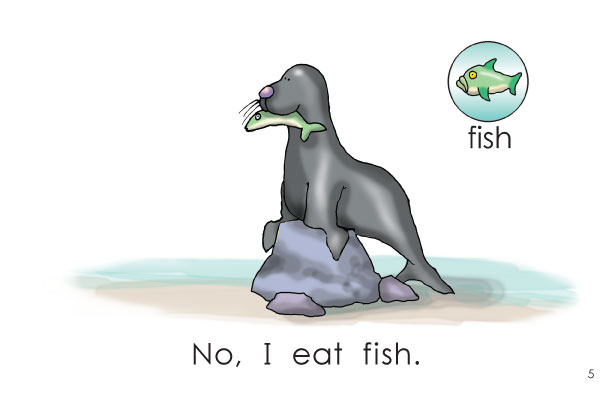
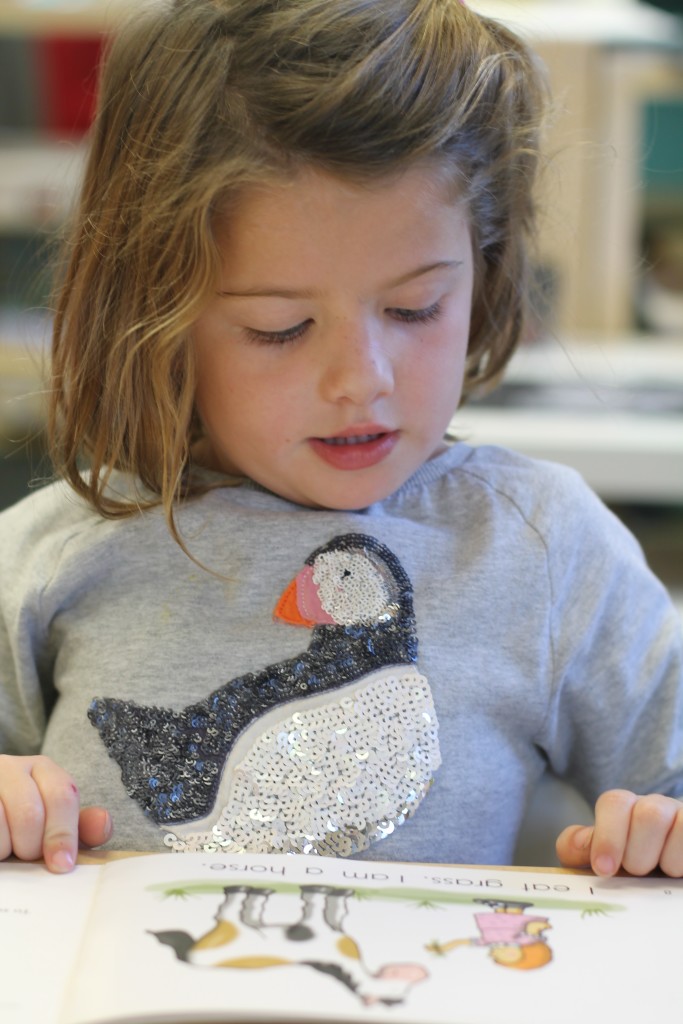
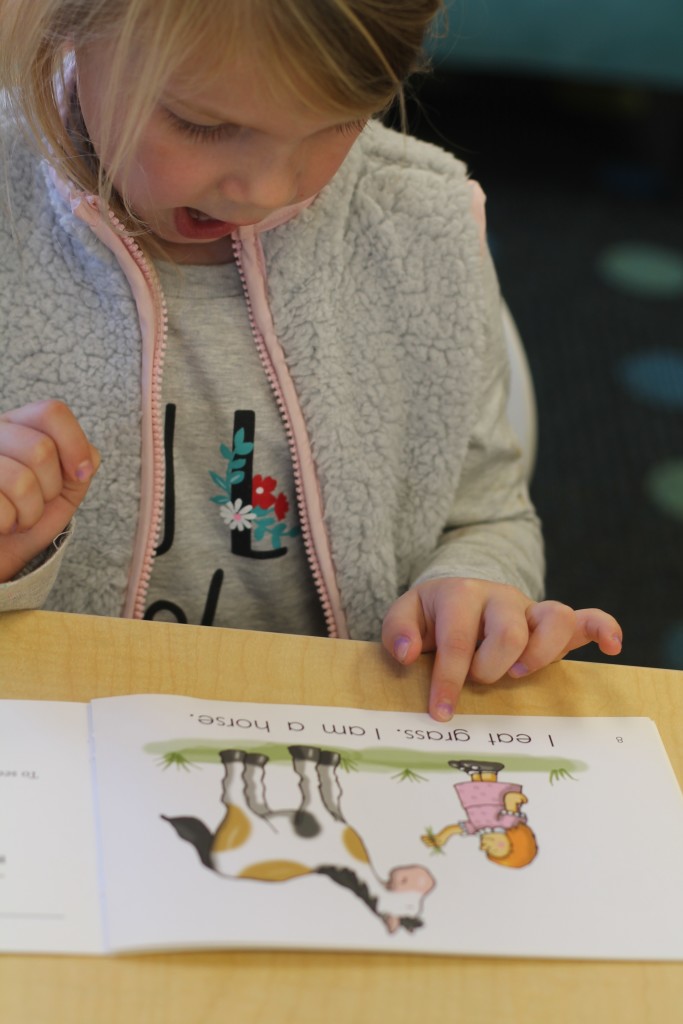
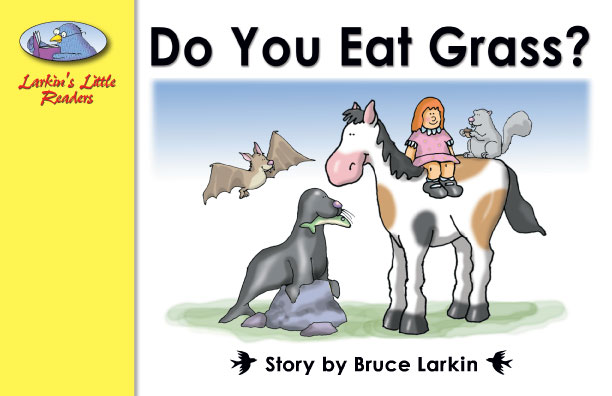
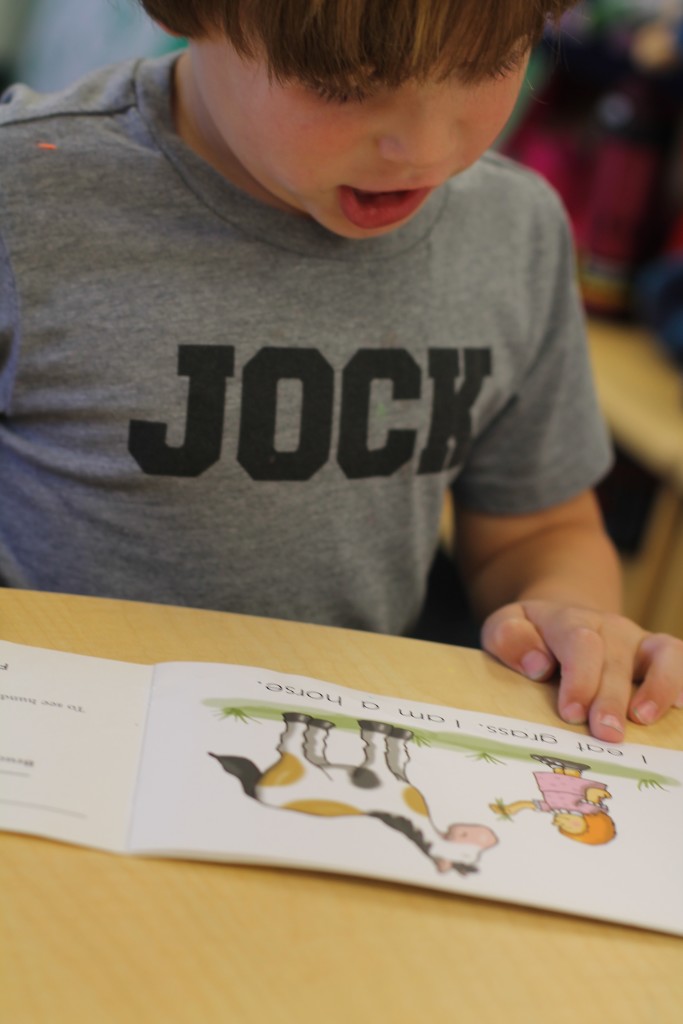
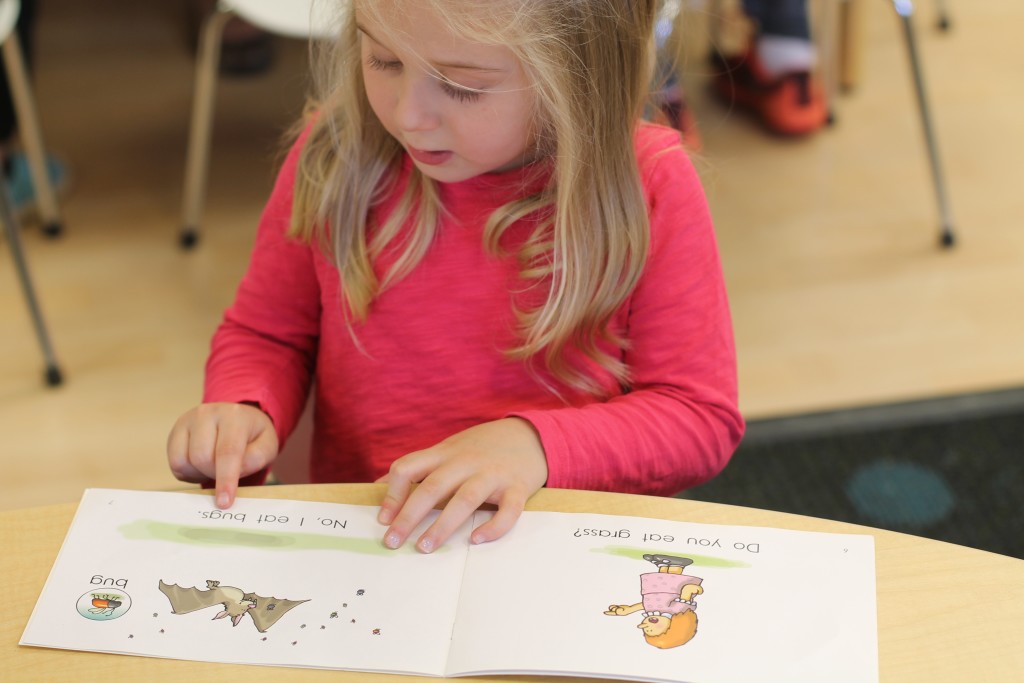
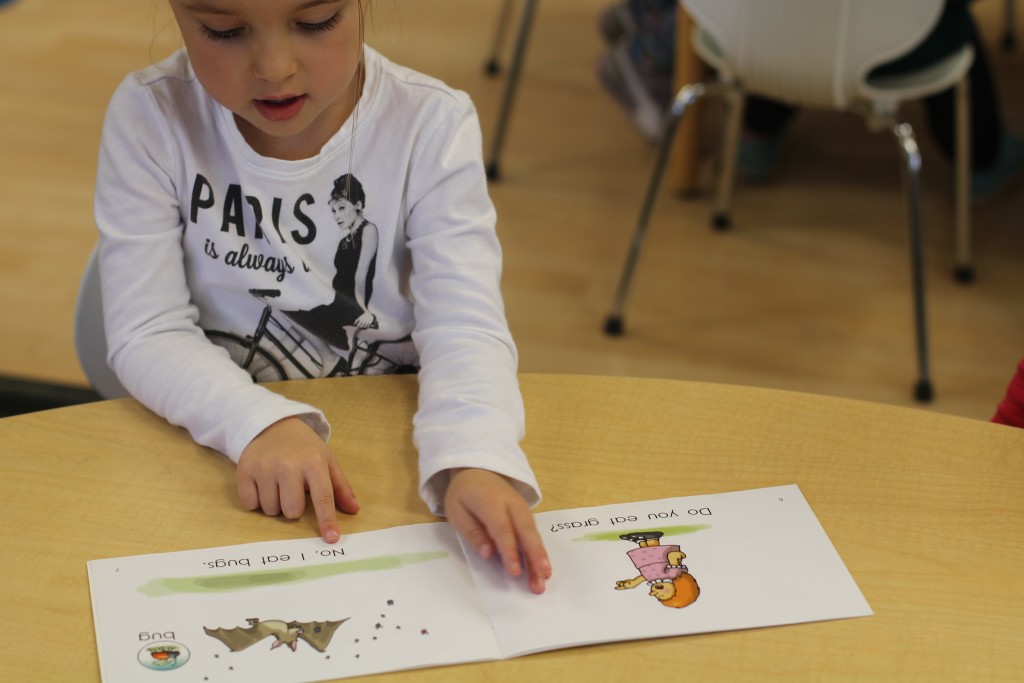
In this strategy, students read aloud to each other, pairing more fluent readers with less fluent readers. Children who read at the same level may be paired to reread a text that they have already read, for continued understanding and fluency work. In order to increase student fluency, readers need experience reading to and listening to other readers of all kinds. Specifically, lower-level readers benefit from strategies such as Paired Reading by listening to the reading of a higher-level reader. Reading with someone else encourages students to try reading material that may be above their usual reading level, while also building oral skills so that students are more comfortable with their reading.
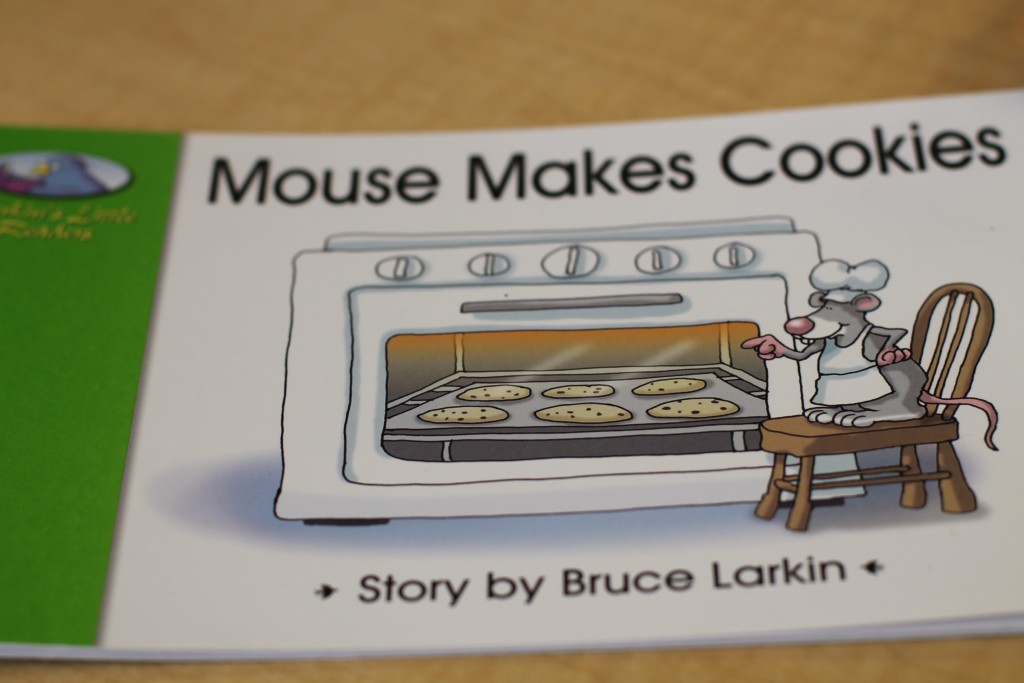
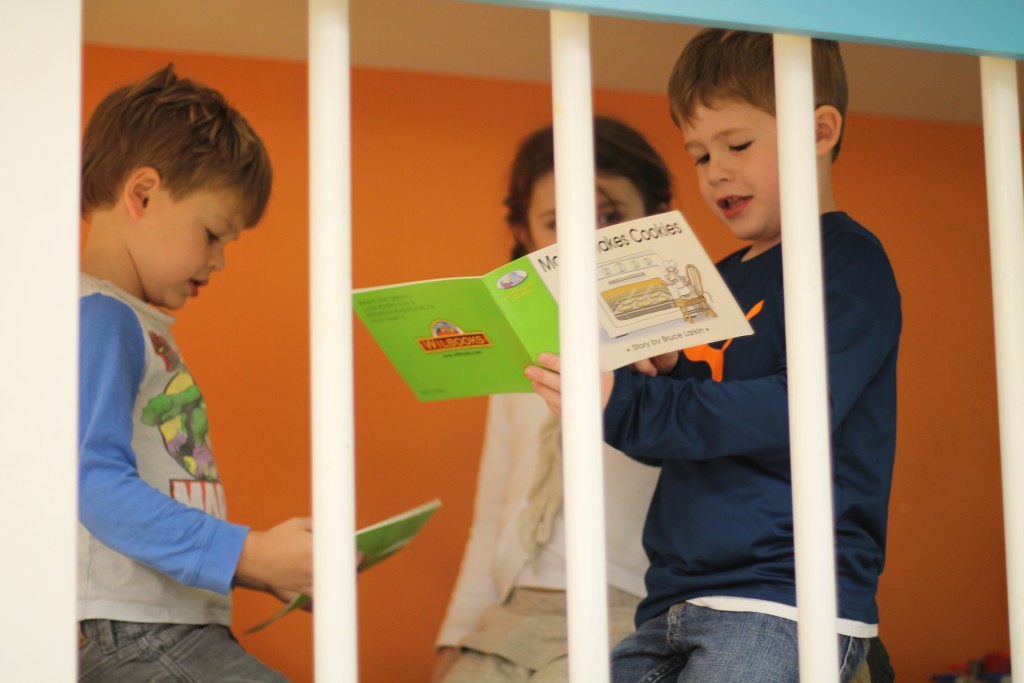
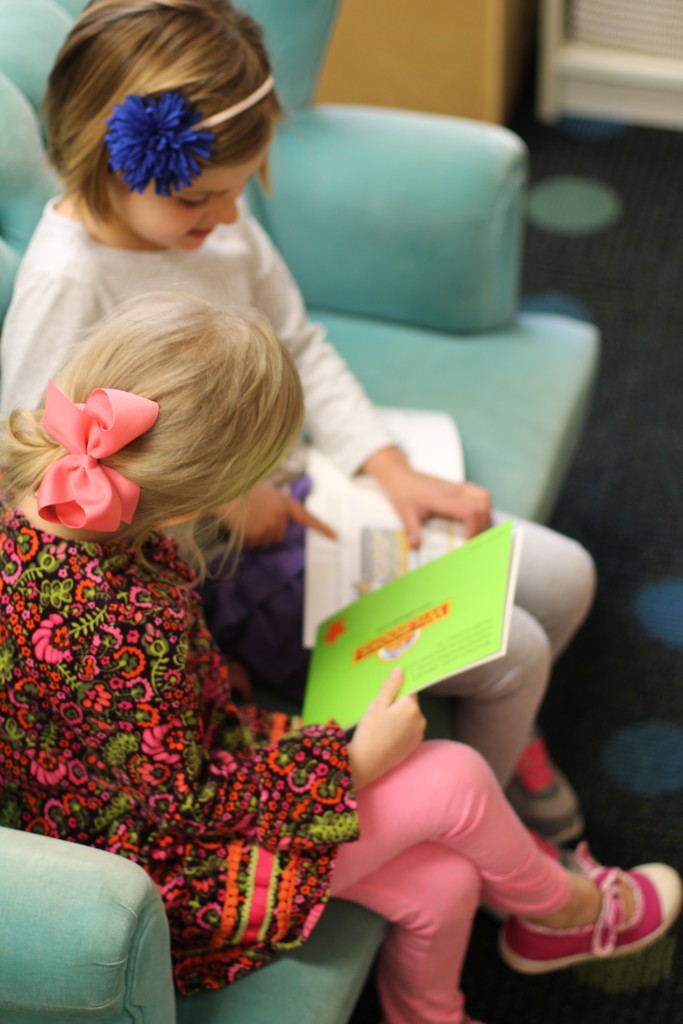
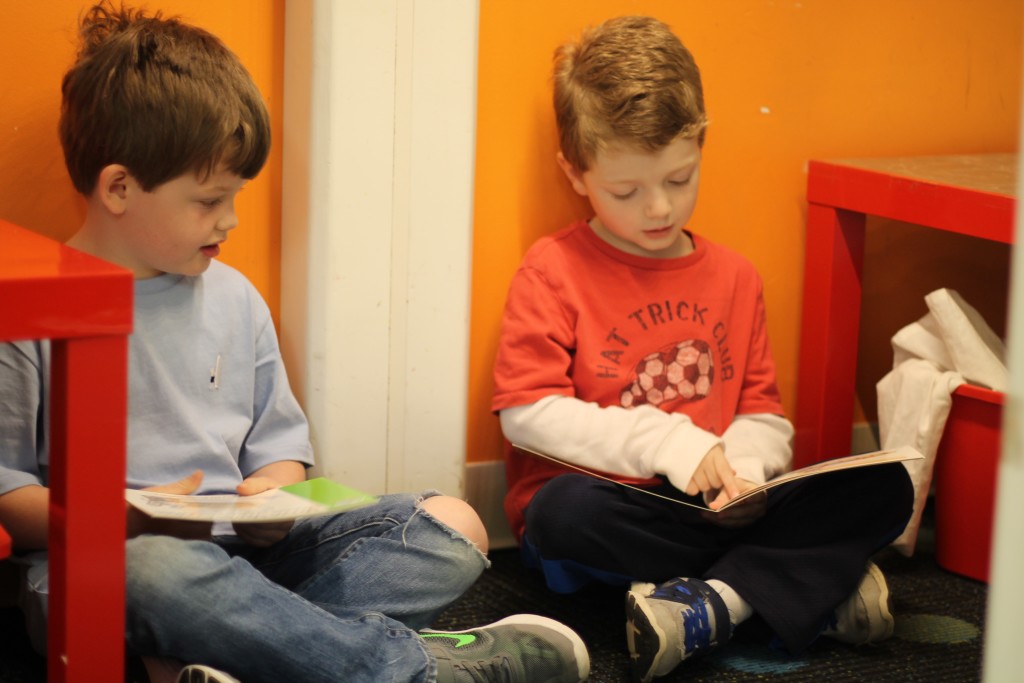
Creative Tots has specialized in the private education of both toddlers and preschool age children for over 15 years. We began in the heart of Madeira and now also have a new Mason location. We are specifically designed to focus on early childhood development for children ages 18 months to 5 years.

Click below to learn more about our program offerings:
